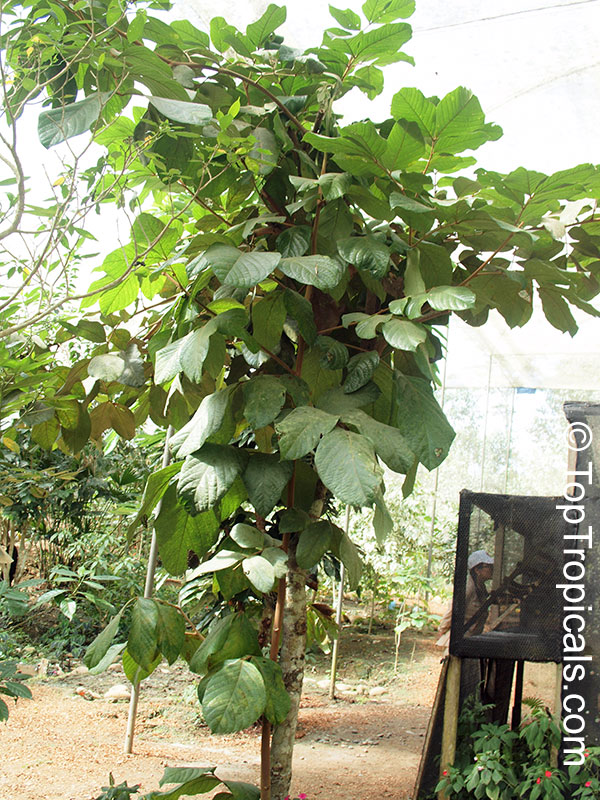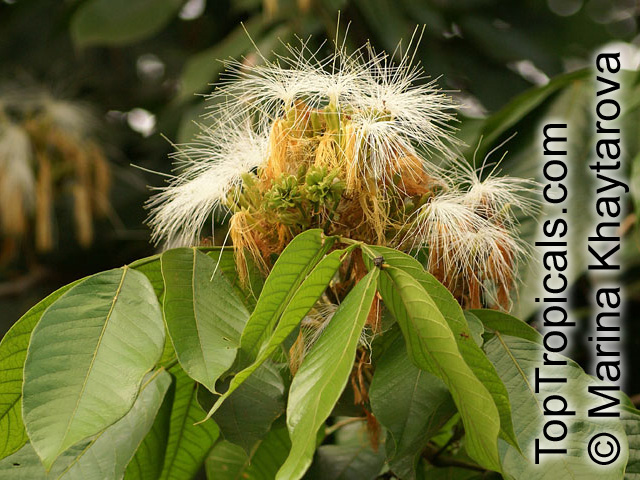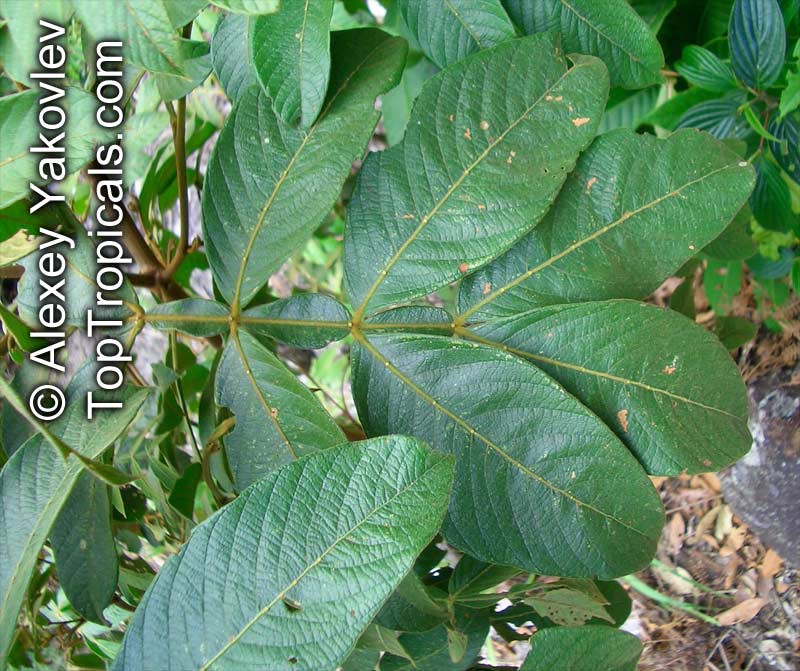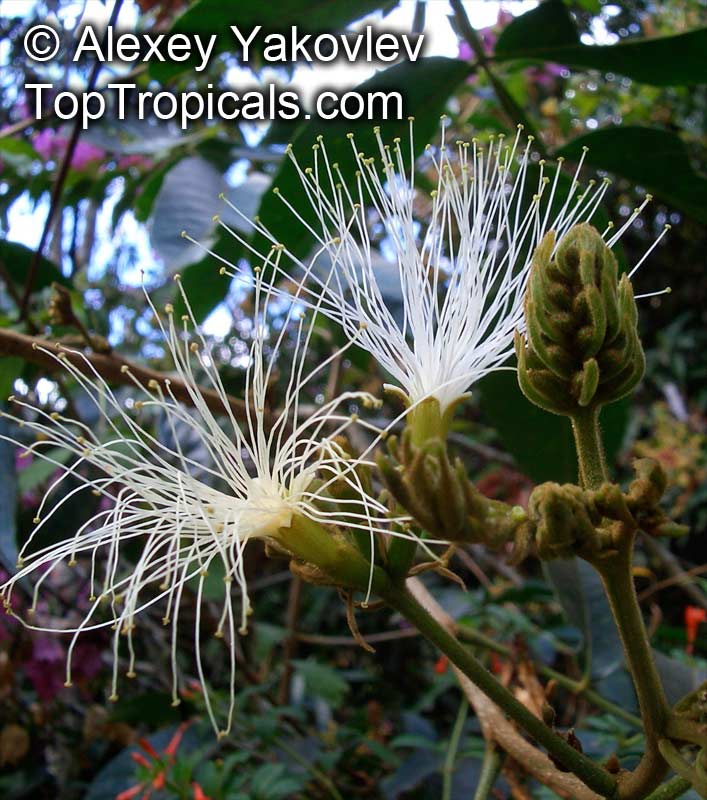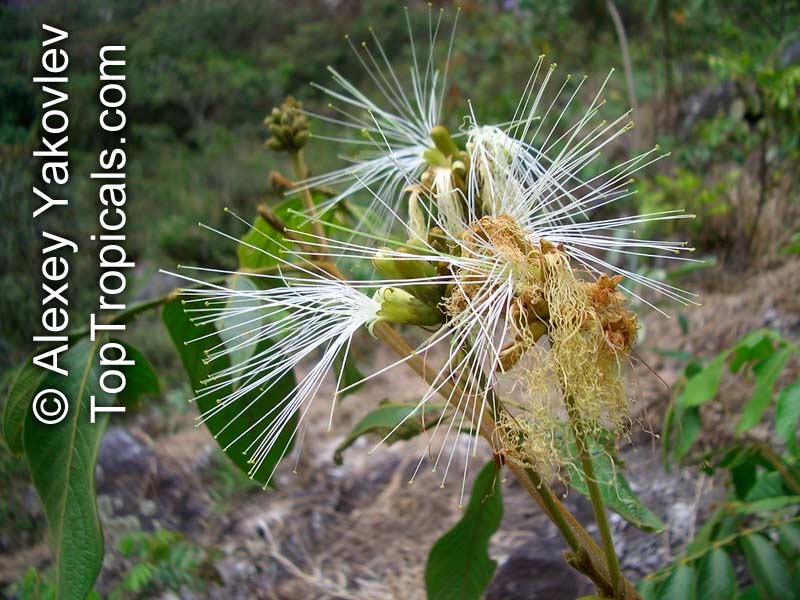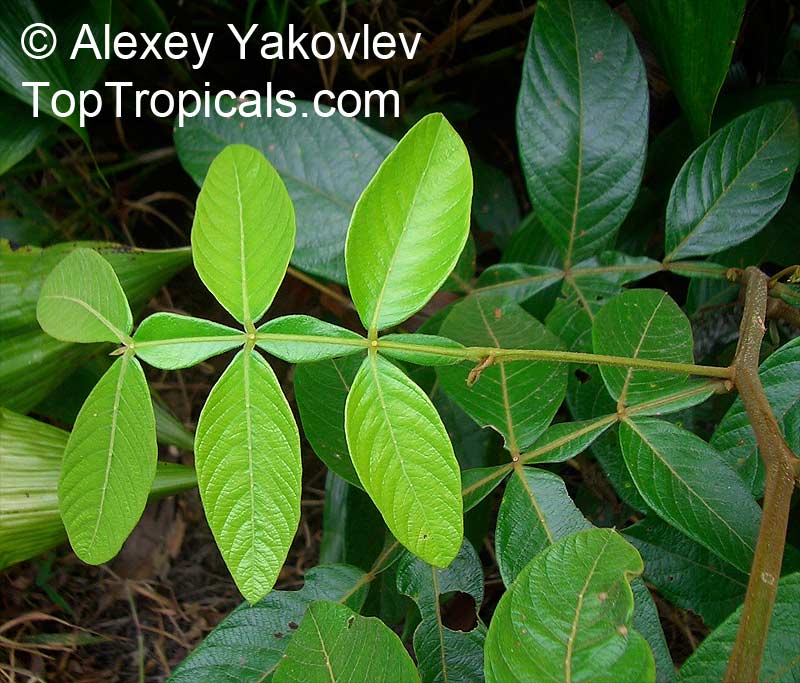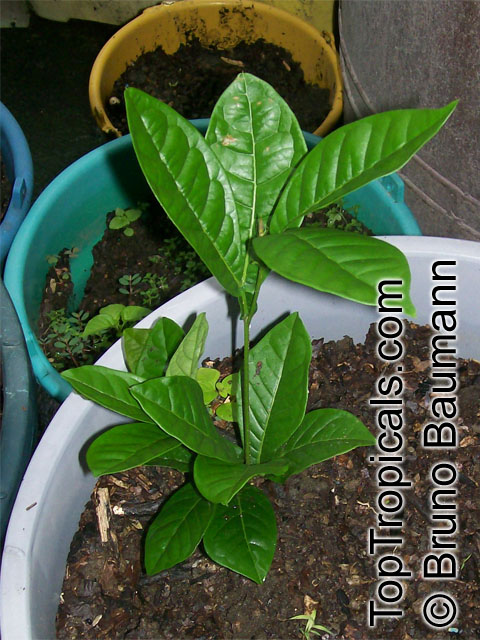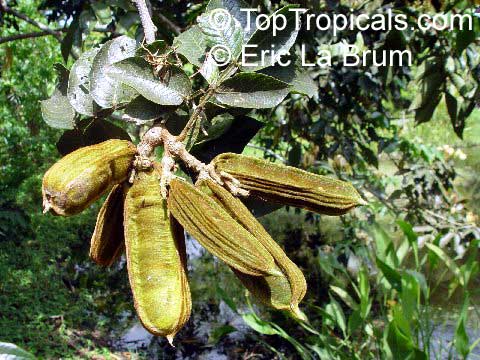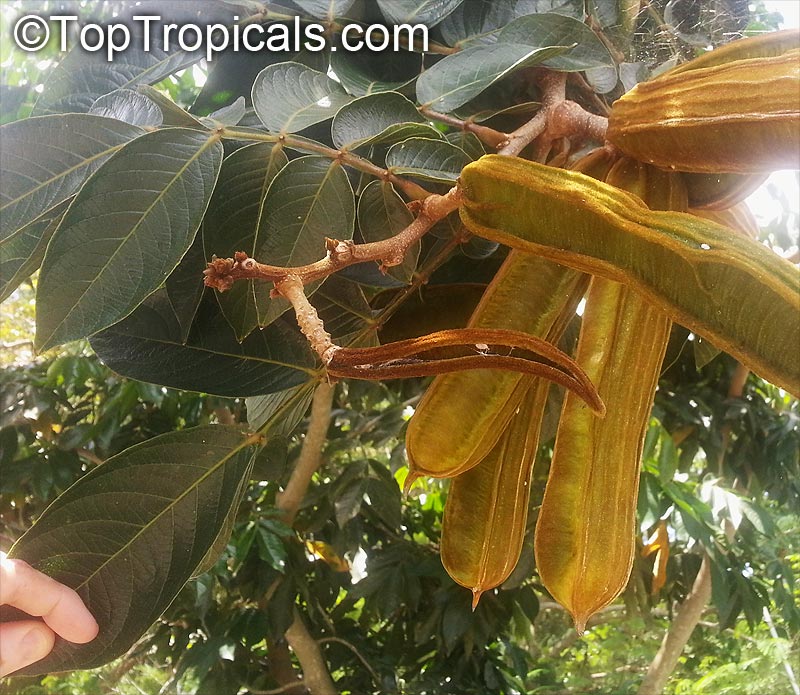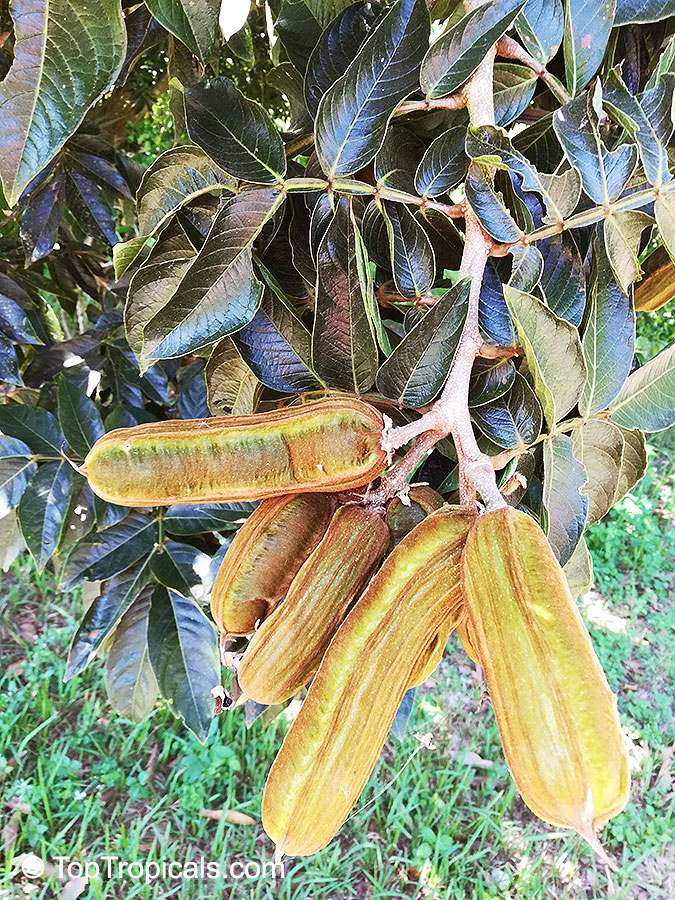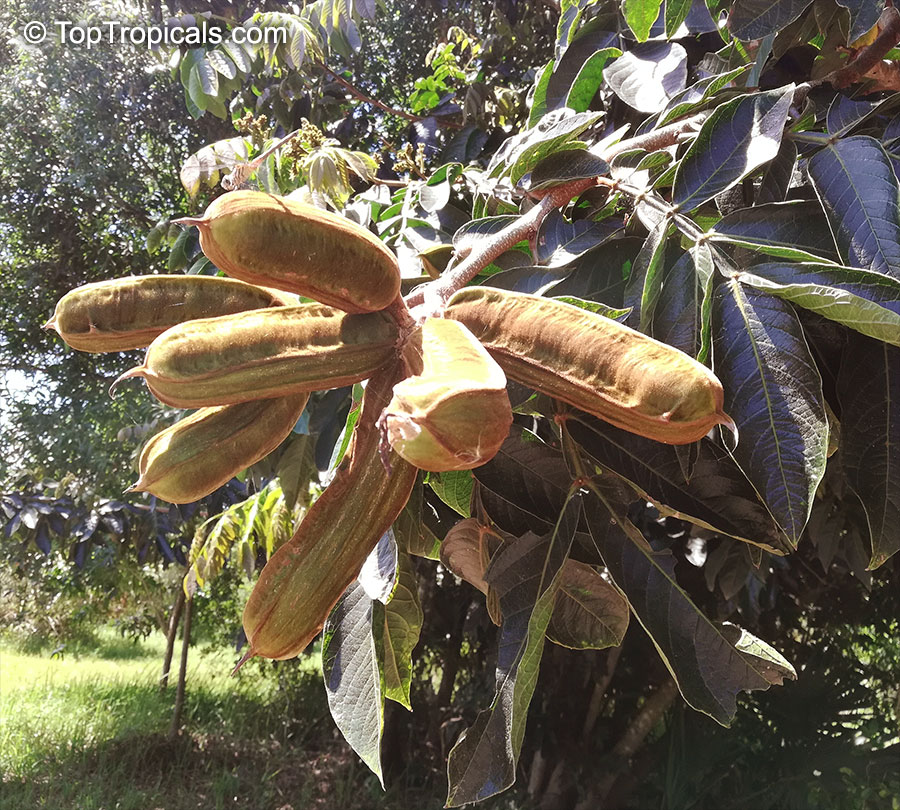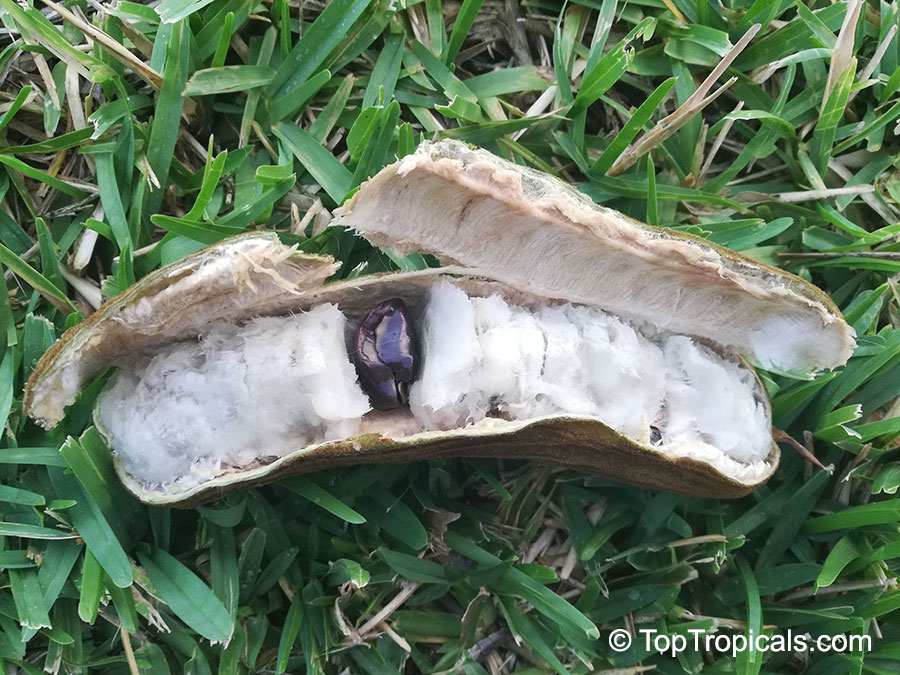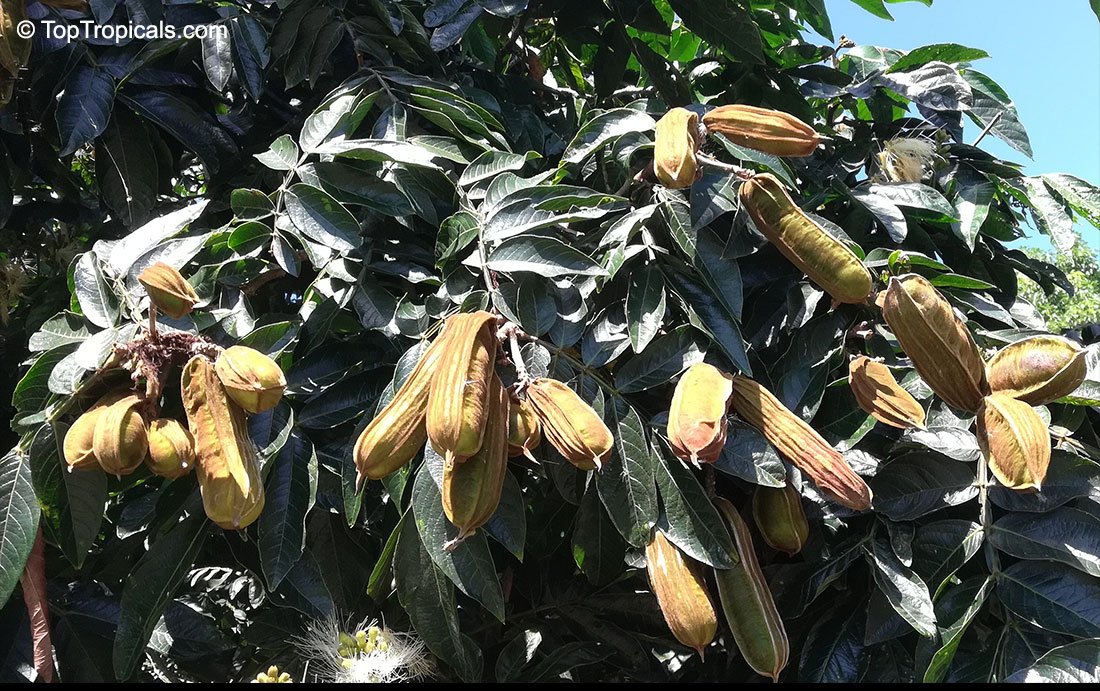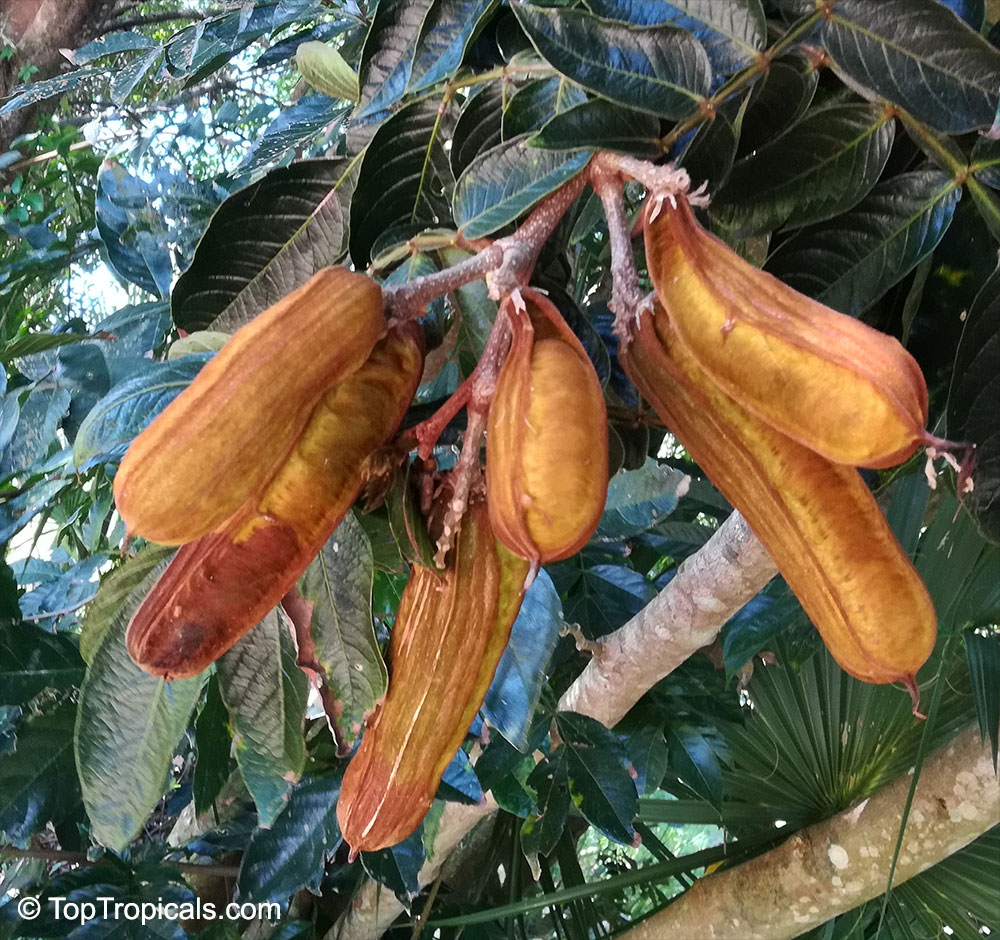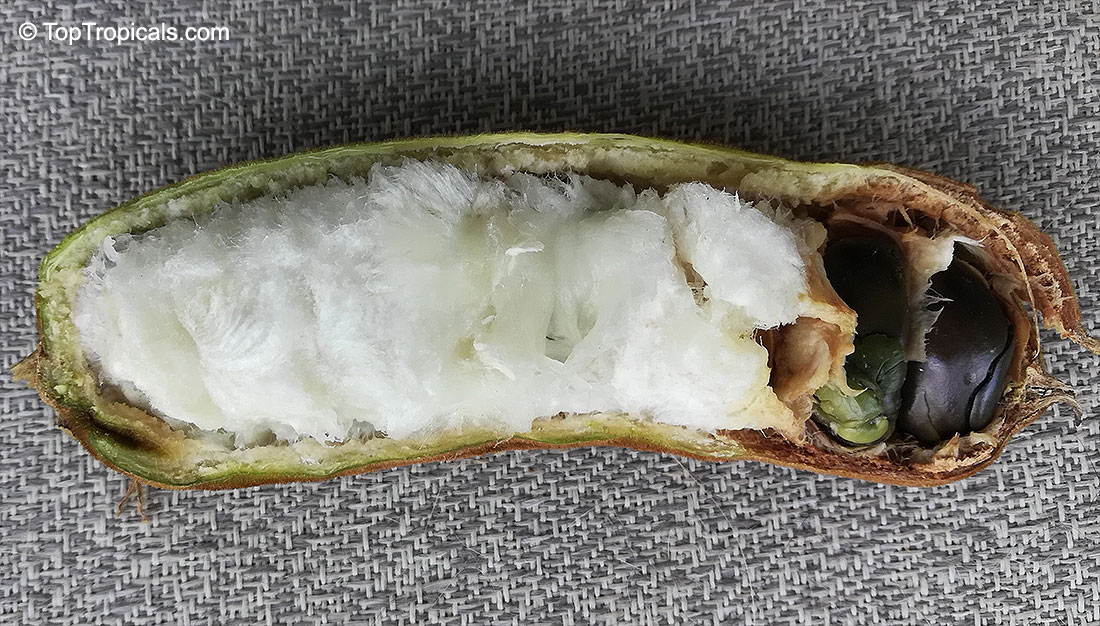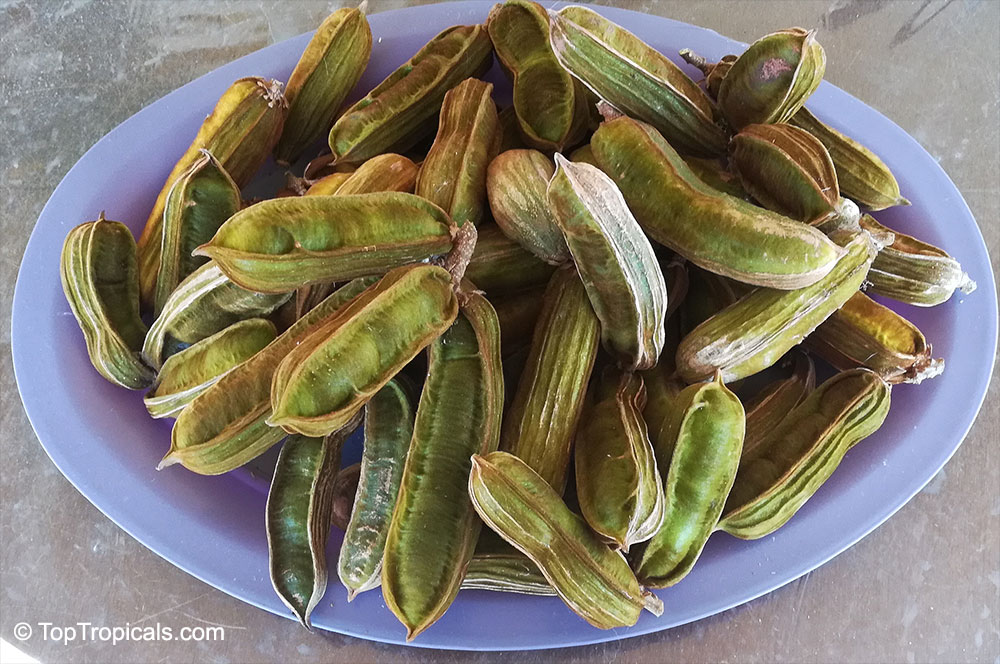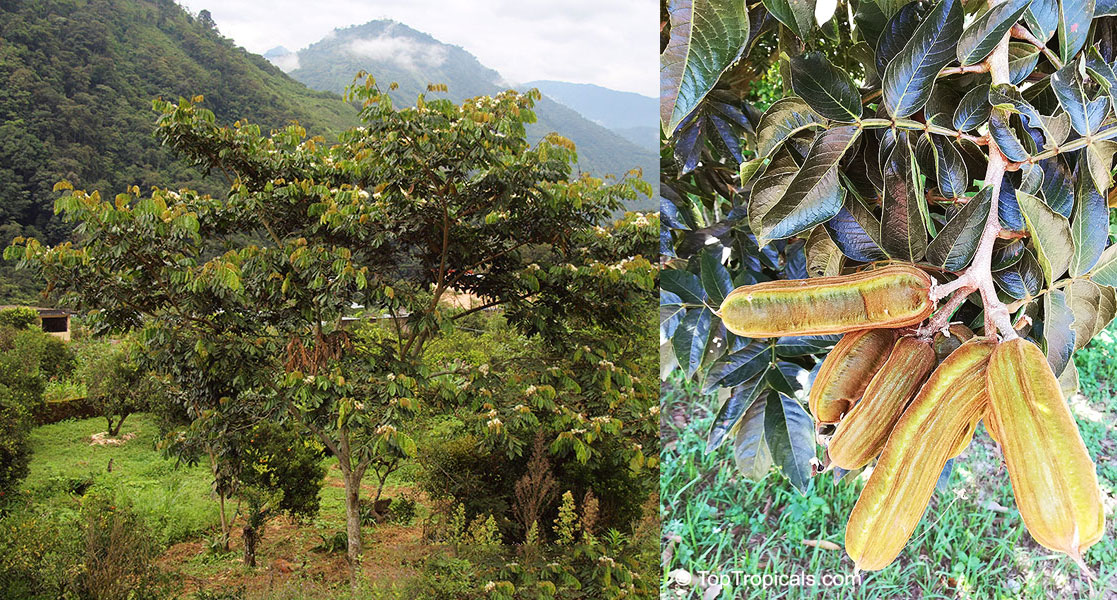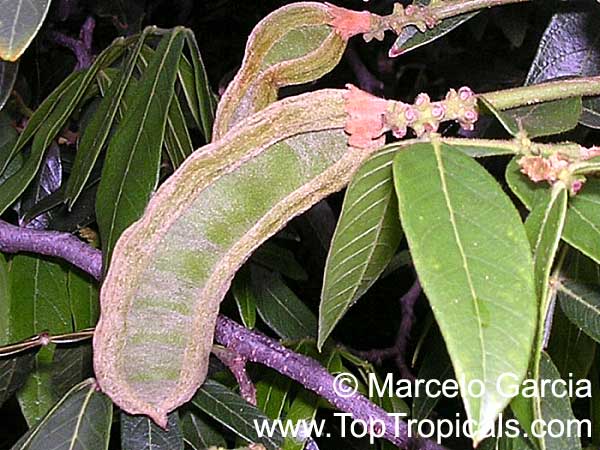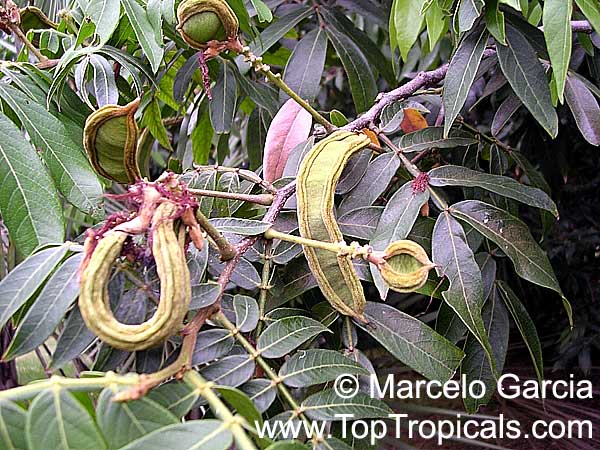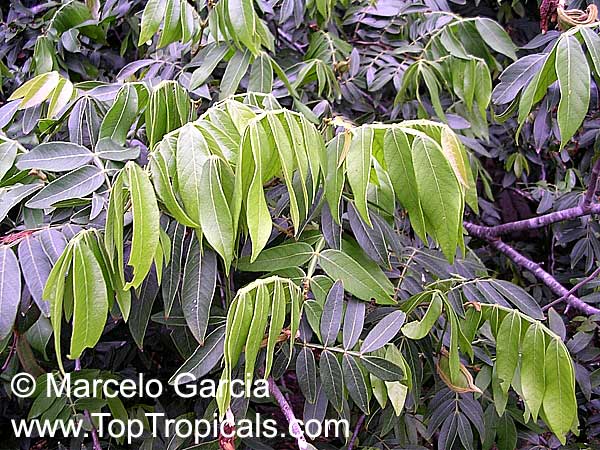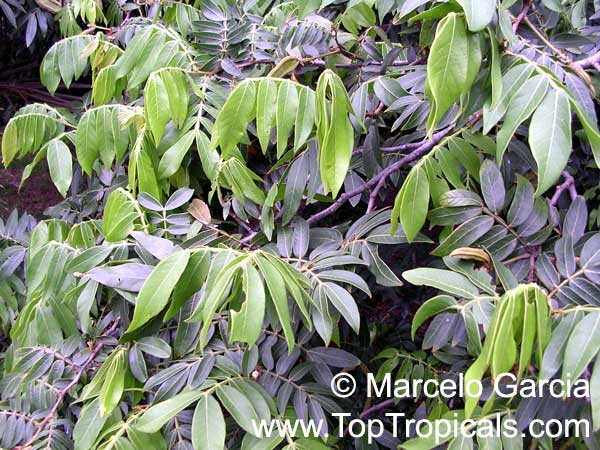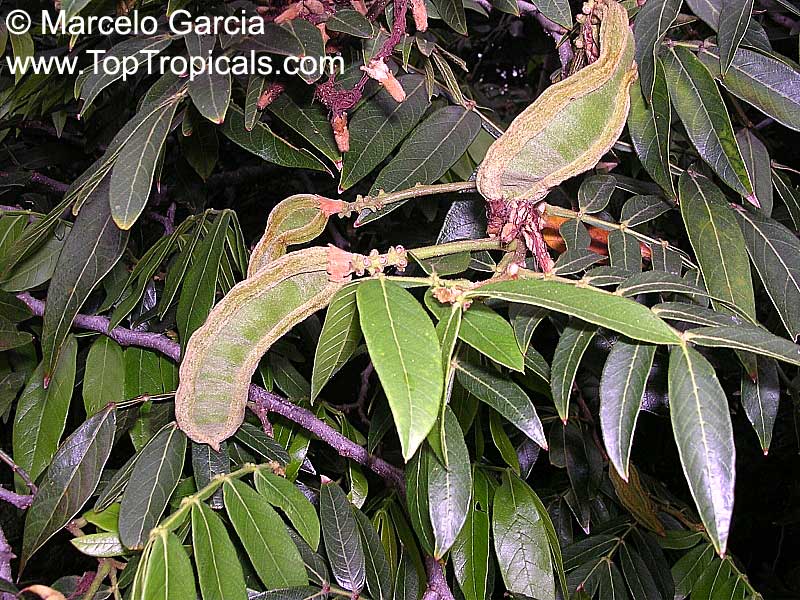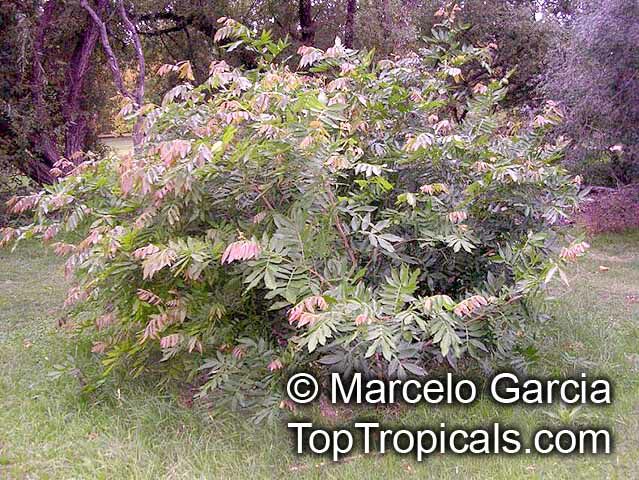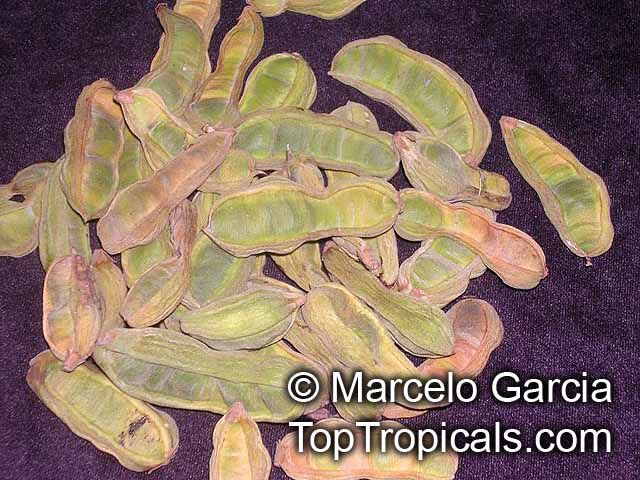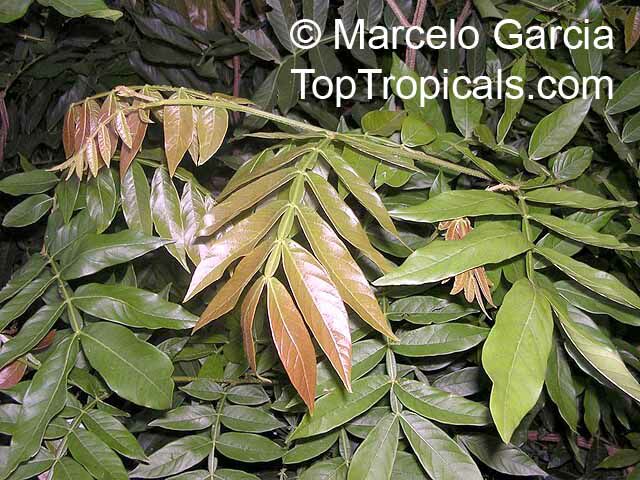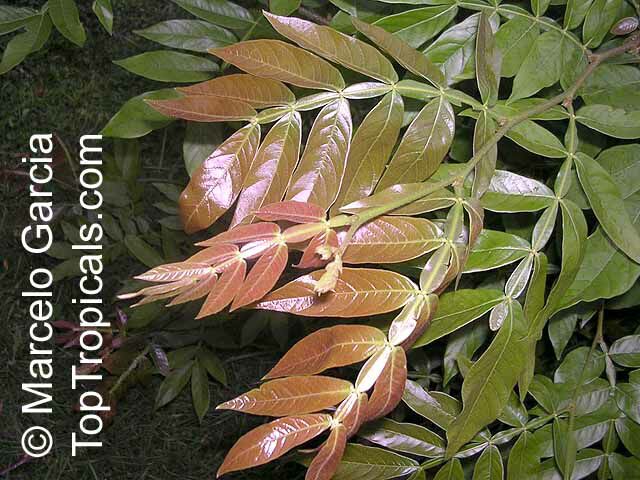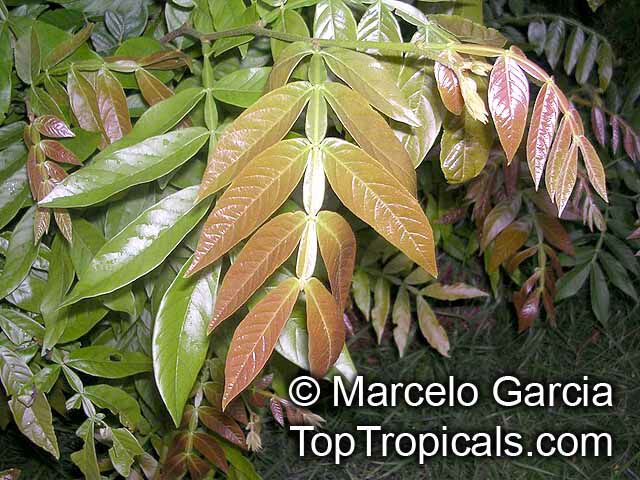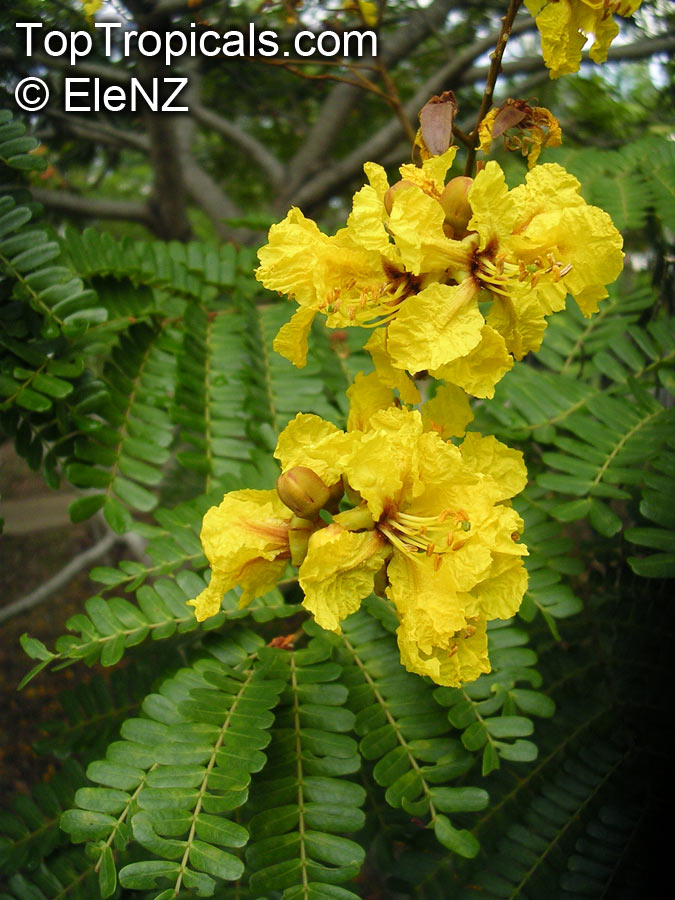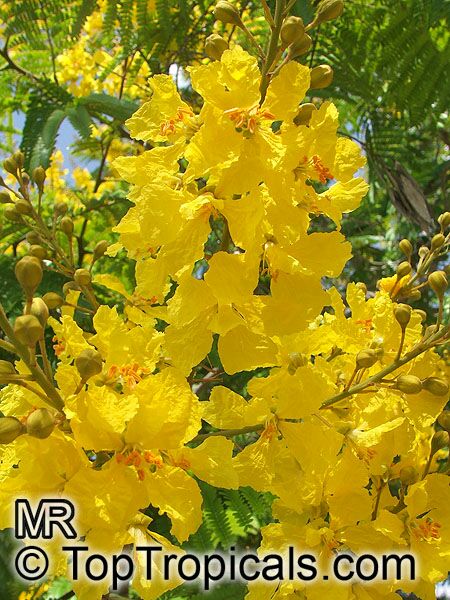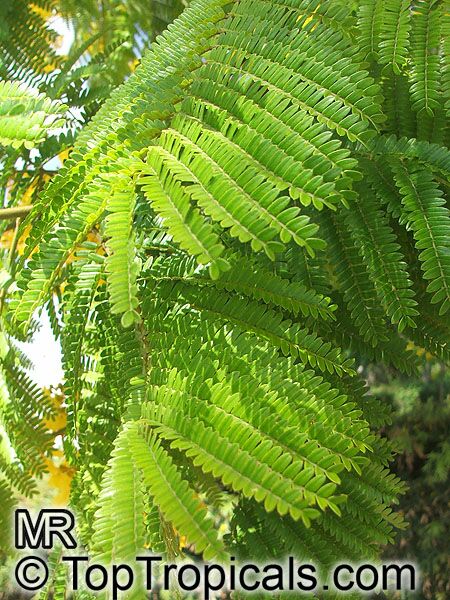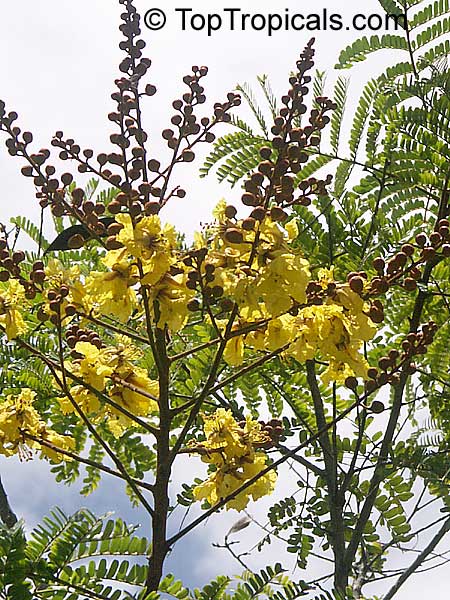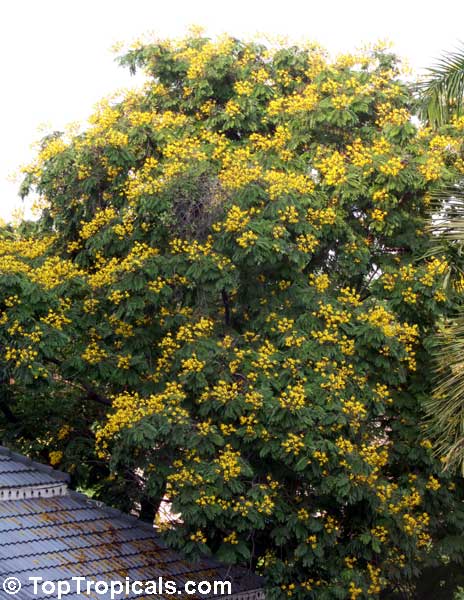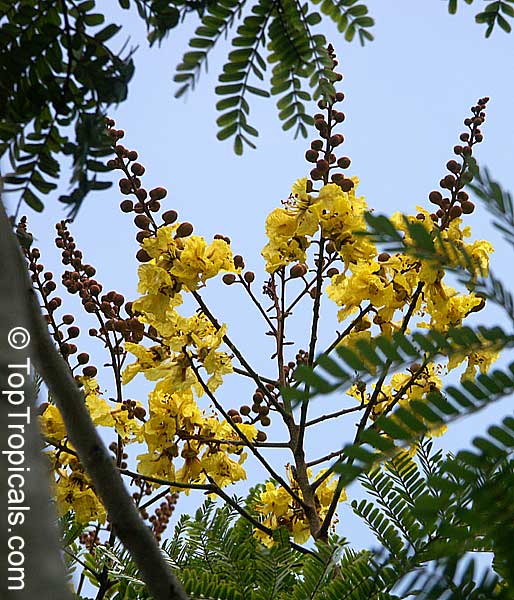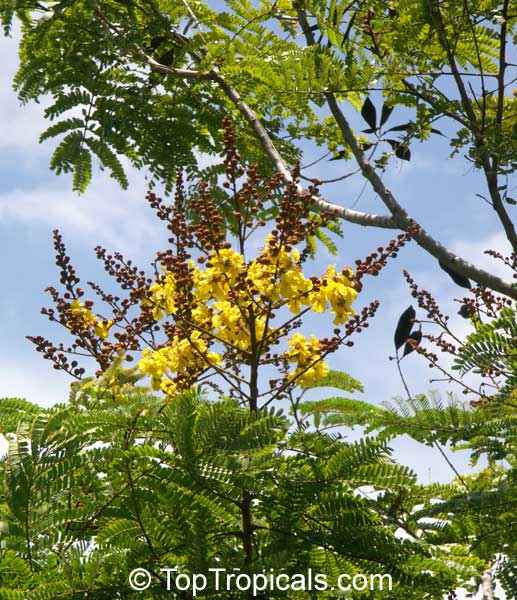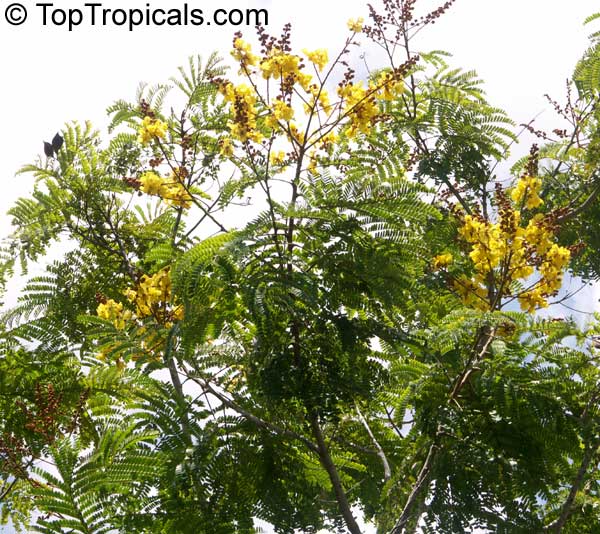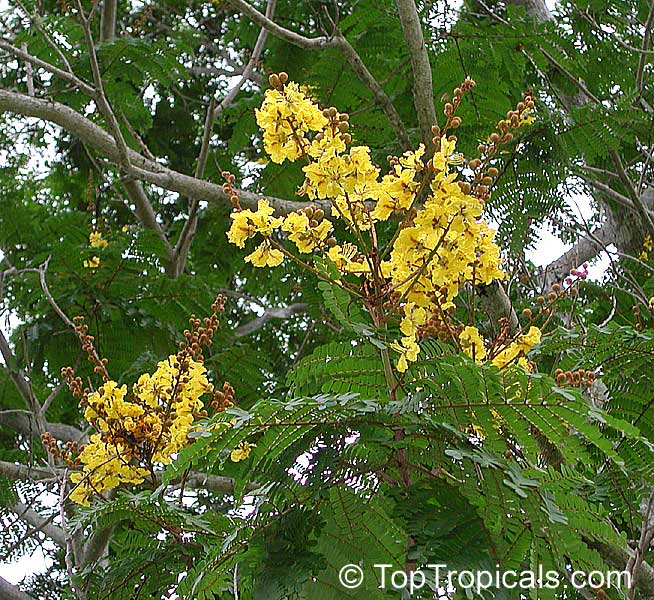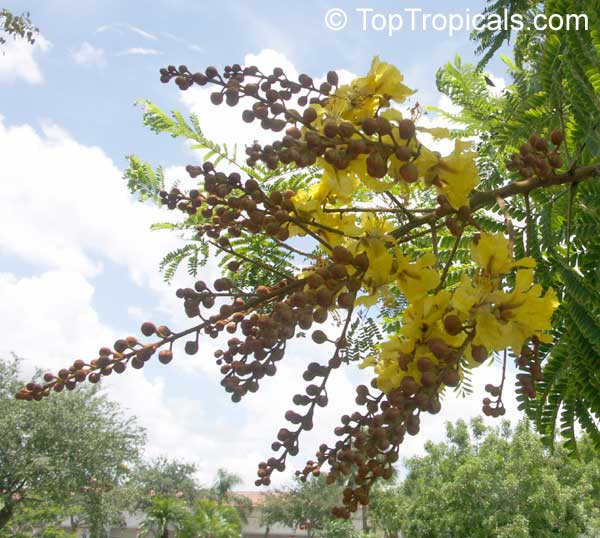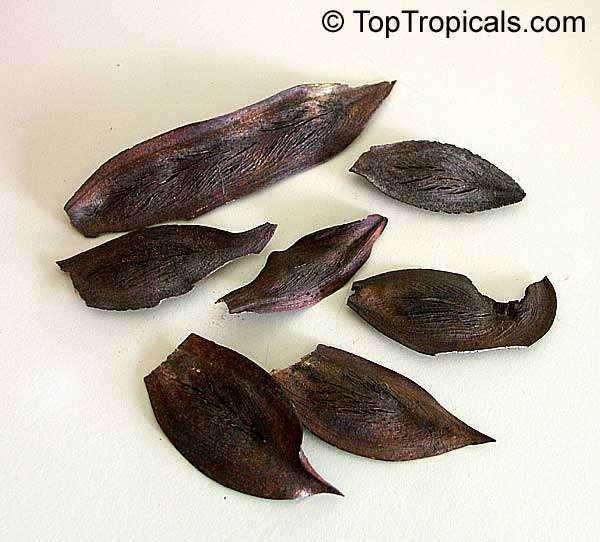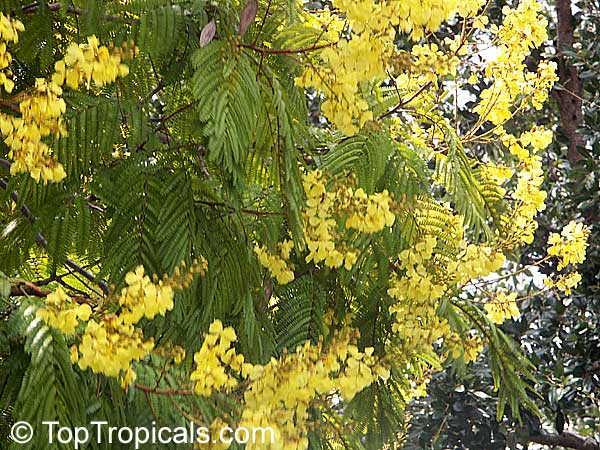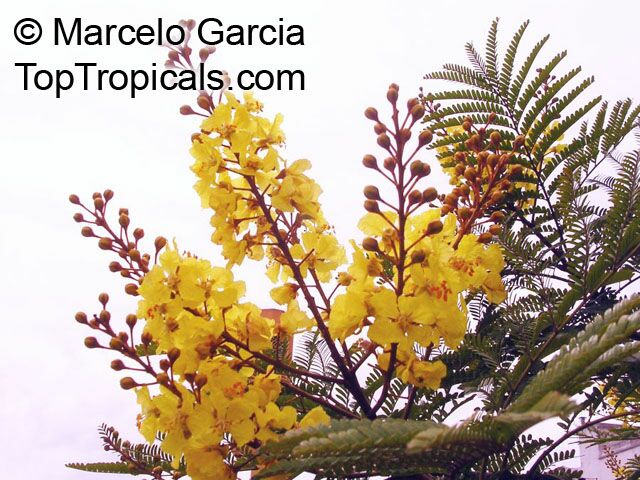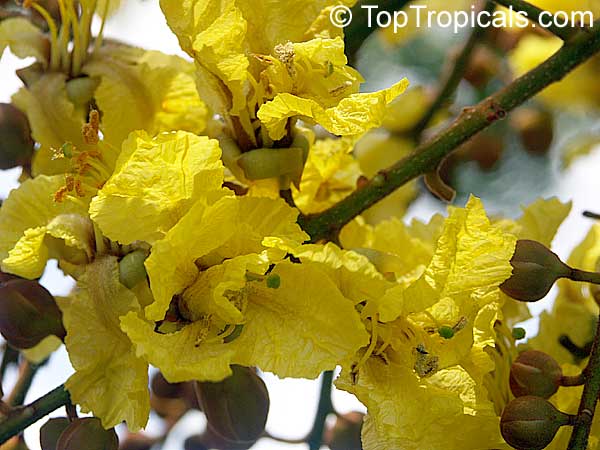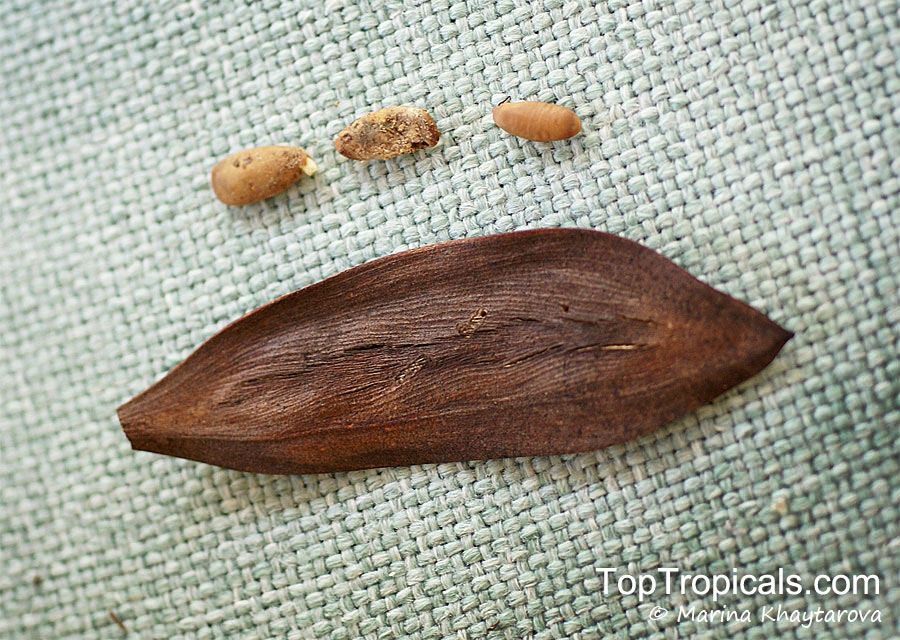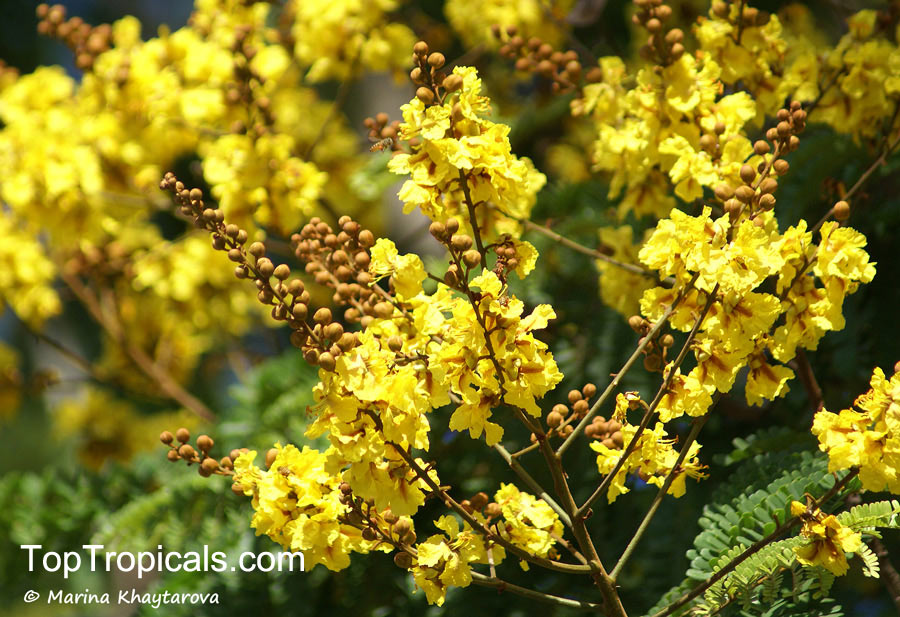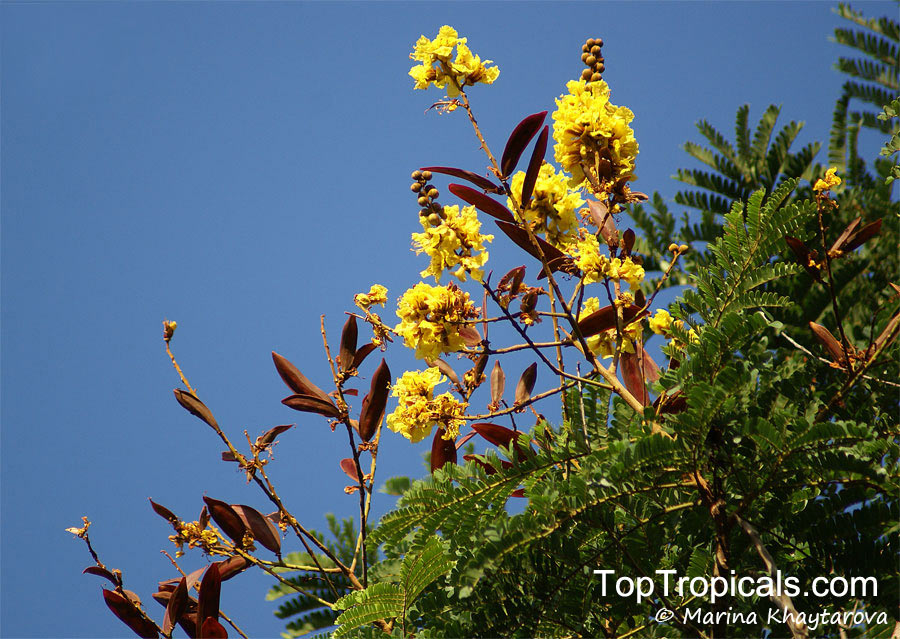Plant search results - Inga
| Number of plants found: 11 | Next | 
|
Go to page: | 1 | 2 |
Calliandra tergemina var. emarginata, Calliandra emarginata, Inga emarginata
PowderpuffFamily: Fabaceae
Subfamily: Mimosoideae
Origin: Southern Mexico, Panama, Bolivia










This species has dwarf growth habit, and blooms year round. The plant is always covered with flowers. The name Calliandra means "beautiful stamens", and several of the approximately 150 shrubs and small trees belonging to this genus are grown for their dense heads of pink or white silky stamens that appear on short stalks along the upper sides of the branches. Propagation is easier from seeds, cuttings are also possible. The name Calliandra comes from the Greek for 'beautiful stamens'. The globular flowerheads can be up to 2.5 inches in diameter (6 cm).
This plant can be trained either in a small standard tree or a nice round bush.
Recommended Fertilizer: SUNSHINE Megaflor - Bloom Nutrition Booster
Last one
Calliandra tweedii, Inga pulcherrima
Red Tassel FlowerFamily: Fabaceae
Subfamily: Mimosoideae
Origin: Brazil and Uruguay
USDA Zone: 9-11?





This fast-growing, native to Brazil and Uruguay, can handle temperatures from USDA Zone 9-11. It likes semi-shade, and requires moderate watering, allowing the soil to dry out before re-watering.
This Calliandra tweedii (Red Tassel Flower) is a large shrub. It grows 5-10ft tall and has the attractive red and crimson vinous flowers with tiny and crowded leaflets. Its leaves consist of tiny crowded leaflets that fold together at night or by touch. It is long-lived and has many stems and can bloom from spring to autumn.
This shrub is easy to grow and care. You can grow it in a pot in colder regions. It requires well-drained soil and when planting it, be sure to use a slow-release fertilize to nourish it throughout the season. Place the shrub in a semi-shaded area, as it can thrive in the partial sun. Water it regularly but ensure the soil is allowed to dry out in between watering. If the plant is kept in a pot, then it needs to be watered more frequently and kept moist.
Red Tassel Flower is a gorgeous addition to any garden as it adds a striking red hue to the scenery, not to mention its impressive stature adds a bold presence. This plant has been known for its ability to attract birds and bees and to help keep nearby gardens healthy.
Recommended Fertilizer: SUNSHINE Megaflor - Bloom Nutrition Booster
Hymenaea courbaril, Inga megacarpa, Hymenaea animifera
Stinking Toe, Jatoba, Coapinole, CourbarilFamily: Fabaceae
Subfamily: Caesalpinioideae
Origin: Central and South America
USDA Zone: 9-11?






Hymenaea courbaril, commonly known as Stinking Toe, is a small deciduous tree that typically grows between 10 to 20 feet in height and spread. The tree has a wide and spreading canopy, and it is frost hardy to at least the mid 30s F for a short time. However, when grown in pots in cold locations, they should be brought inside during cold months and put in a sunny and warm spot.
Stinking Toe thrives in full sun. For optimal growth, the tree prefers regular water, although some drought tolerance is possible. This plant can be grown in USDA Zone 9-11.
The plant produces fruit when mature. The fruit is eagerly sought out by wildlife and is also edible by humans. It has many health benefits attributed to it, such as reduced inflammation and improved digestion. A mature Stinking Toe can produce between 20 and 40 fruits per season.
The plant derives its name "Stinking Toe" because its seedpods look like big, fat toes and are said to smell like smelly feet or toes. Despite the name, the fruit is delicious, and the pulp of Stinking Toe is sweet-tasting and can be eaten fresh or made into a beverage. The plant also has many uses in folk medicine, ranging from alleviating headaches to treating gout.
The white flowers are pollinated by bats. Moreover, the plant produces usable copal resins, mostly underground and at the base of the tree. The orange sticky gum of the plant converts to amber, but this process takes millions of years. As a result, this forms a hard polymer that is resistant to natural decay processes.
Inga edulis, Inga feuilleei
Ice Cream Bean, Inga, Guama, GuabaFamily: Fabaceae
Subfamily: Mimosoideae
Origin: Central and Southern America
USDA Zone: 9-11?







This fast growing tree provides plenty of shade and can reach heights above 20 ft. It prefers full sun, but will tolerate shade, and needs regular deep watering with mulch and good soil fertility to reach its full potential. To mature, Inga edulis needs between 4-7 years. In regions with colder climates as cooler as the 30s F (but only for a brief amount of time) the tree can remain productive when grown in a pot that is overwintered in a warm, draft-free location. If the size is becoming a problem the tree can be pruned and the clippings used as mulch around other plants.
The fruits of Inga edulis are edible and have fantastic health benefits. They contain up to 25% sugar, 10% protein, 5% fiber, as well as healthy amounts of vitamins C, A and E, and minerals such as phosphorus, calcium, magnesium and zinc. The protein content is two times higher than that of a banana.
Bean pods are up to 3 ft long which contain sweet, juicy, white pulp that has a soft cotton wool texture and tastes of vanilla ice-cream. "A delectable snack that comes in its own natural wrapper" is loved by children. The pulp can be dried and used as a food additive, or eaten fresh. It can also be fermented to create a special type of beer. A healthy mature tree will produce around 100 fruits in a season, making it an invaluable source of food.
Watch the video: How to plant Ice Cream Bean Tree: Eating the fruit and planting the tree.
Craving instant shade? Perfect for those sunny spots where you need shade, the Ice Cream Bean Inga rapidly unfurls its lush, umbrella-like canopy, creating a natural, leafy retreat in just one season! With its delectable treats and speedy growth, this extraordinary tree is sure to be the highlight of your garden. Get ready for a delightful adventure with the Ice Cream Bean Inga - where shade and sweetness meet!
Watch the video: Ice Cream Bean Tree. Eating the fruit and planting the tree
Recommended Fertilizer: SUNSHINE C-Cibus - Crop Nutrition Booster
SUNSHINE-Honey - sugar booster
Inga jinicuil, Feuilleea jinicuil, Inga peterno
PaternoFamily: Fabaceae
Subfamily: Mimosoideae
Origin: Central America








Inga nobilis
Guama VenezolanoFamily: Fabaceae
Subfamily: Mimosoideae
Origin: Central America, South America







Inga spectabilis
Ice Cream Bean, Guabo, Guaba macheteFamily: Fabaceae
Subfamily: Mimosoideae
Origin: Central and Southern America
USDA Zone: 9-11?







The Inga spectabilis is very rare in cultivation. It is also called the Machete Ice Cream Bean because of its shape. Like the more common Inga edulis, this Ice Cream Bean has seeds that are surrounded by delicious white and soft flesh. Because the seed pot has a thicker shell, it is more resistant to external influences. In tropical conditions a seedling can give fruit after 3 years. The tree is very vigorous and fast growing, in favorable conditions it can reach a height of more than 30 ft. The Machete Ice Cream Bean is also can be used as an ornamental shade tree.
Watch the video: How to plant Ice Cream Bean Tree: Eating the fruit and planting the tree.
Ice Cream Bean Inga is the ultimate fast-growing, shade-providing fruit tree with an irresistible twist! It not only transforms your yard into a cool, inviting oasis in record time but also produces fruit that kids (and adults!) can't get enough of. Picture this: pods up to a foot long, bursting with sweet, creamy pulp that tastes exactly like ice cream. Yes, you heard that right - ice cream!
Craving instant shade? Perfect for those sunny spots where you need shade, the Ice Cream Bean Inga rapidly unfurls its lush, umbrella-like canopy, creating a natural, leafy retreat in just one season! With its delectable treats and speedy growth, this extraordinary tree is sure to be the highlight of your garden. Get ready for a delightful adventure with the Ice Cream Bean Inga - where shade and sweetness meet!
Watch the video: Ice Cream Bean Tree. Eating the fruit and planting the tree
Recommended Fertilizer: SUNSHINE C-Cibus - Crop Nutrition Booster
SUNSHINE-Honey - sugar booster
Inga uruguensis
Inga bananaFamily: Fabaceae
Subfamily: Mimosoideae
Origin: Central and Southern America






Inga uruguensis, more commonly known as Inga banana, is a hardy and easy to look after shrub native to Central and Southern America that typically reaches between 5 and 10 feet tall. This desirable and ornamental plant needs full sun and regular water to ensure its healthy growth and bountiful display of beautiful yellow, orange flowers. Hardiest in USDA Zones 9-11, Inga banana is an incredibly versatile plant with its edible fruits that can be enjoyed raw or cooked and offer many health benefits.
In the right conditions, Inga banana fruits abundantly, and depending on the variety, can produce up to 150 fruits annually. The fruit is long and slender with a yellow skin that is 2-4 inches long and slightly sweet tasting. The natural sweetness of the fruit makes it a great addition to several dishes such as salads, oatmeal, and smoothies, with some even being used as an ingredient in ice cream and snacks.
In addition to its great taste, Inga banana is also incredibly nutritious with high levels of vitamins A, B, and C and minerals like magnesium, potassium and zinc. It is also a rich source of dietary fibre, which can help to reduce cholesterol, and antioxidants that can be beneficial for improving the immune system to fight off diseases.
For those living in cooler climates, Inga banana can be grown successfully in pots and containers, although it will need to be protected from extreme cold. During the winter months, it's necessary to keep the Inga banana in a location that is warm, shaded, and moist where it is protected from temperatures that drop below freezing. With the right care, Inga banana is an attractive and easy to maintain tree that will reward you with an abundance of delicious and nutritious fruits.
Peltophorum pterocarpum, Caesalpinia ferruginea, Caesalpinia inermis, Inga pterocarpum, Peltophorum inerme
Golden Flamboyante, Yellow Flame Tree, Yellow Poinciana, Copper pod tree, CopperpodFamily: Fabaceae
Subfamily: Caesalpinioideae
Origin: India and South East Asia
USDA Zone: 9-11?









Upright, semi - evergreen tree. It has dark green leathery leaflets, fragrant, yellow flowers and alongated seedpod. Shade tree on streets and roadsides or cover for cash crops in the humid tropics. Also grown as an ornamental. Sap wood soft and light, not durable and of little use, heartwood red, hard and strong. Good for carpentry, construction and cartwright's work. Bark contains tannins, giving a light yellow color to leather, tannins also present in leaves and wood. Medicinal uses: bark for dysentry, tooth powder, eye lotion, embrocation for pains and sores; the bark gives a dye of a yellow color. Can be used as a shade - or specimen tree.
USDA hardiness zone 10b. It is a fast-growing tree. Temperatures in the high 20's cause the leaves to drop but these are quickly replaced. Young trees flower in 2-3 years from seed.
| Next |  |
Use link to repeat this search:
https://toptropicals.com/cgi-bin/garden_catalog/cat.cgi?find=Inga&search_op=and&keyword_op=and&language=e&number=10
&no_change_lang=1&user=tt&sale=1&first=0
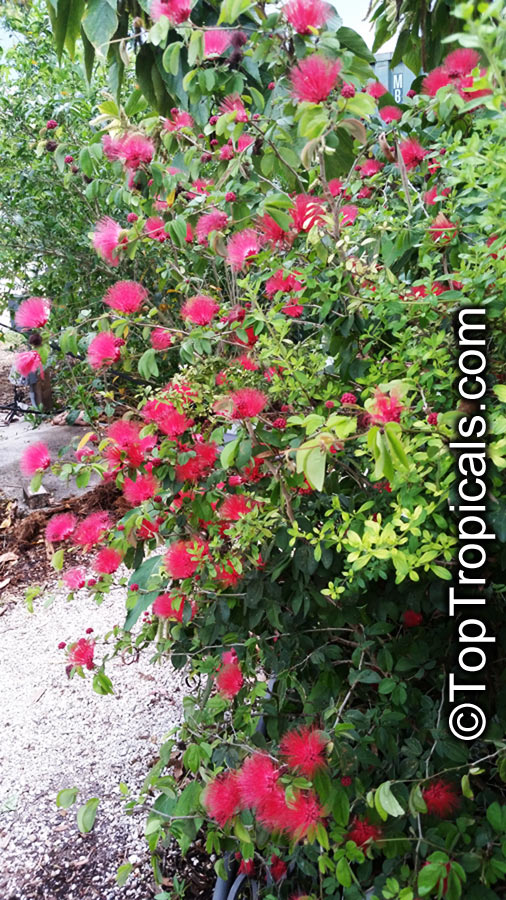
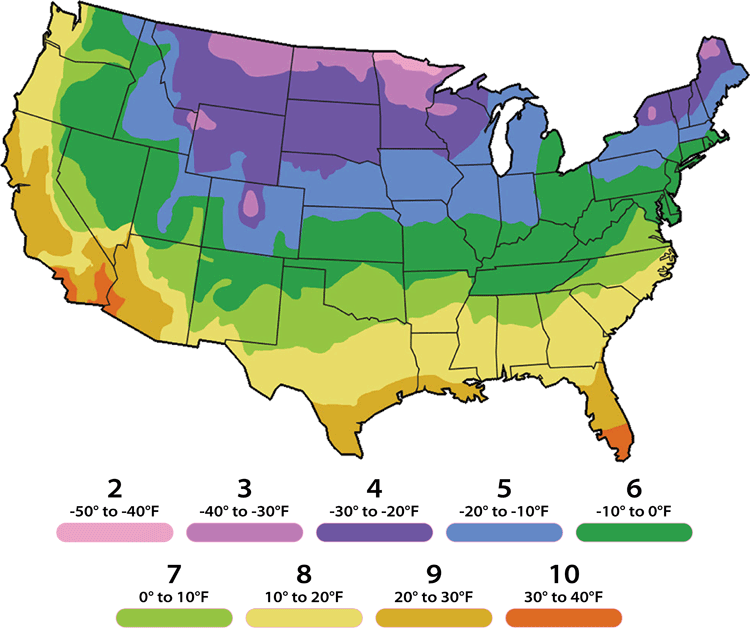
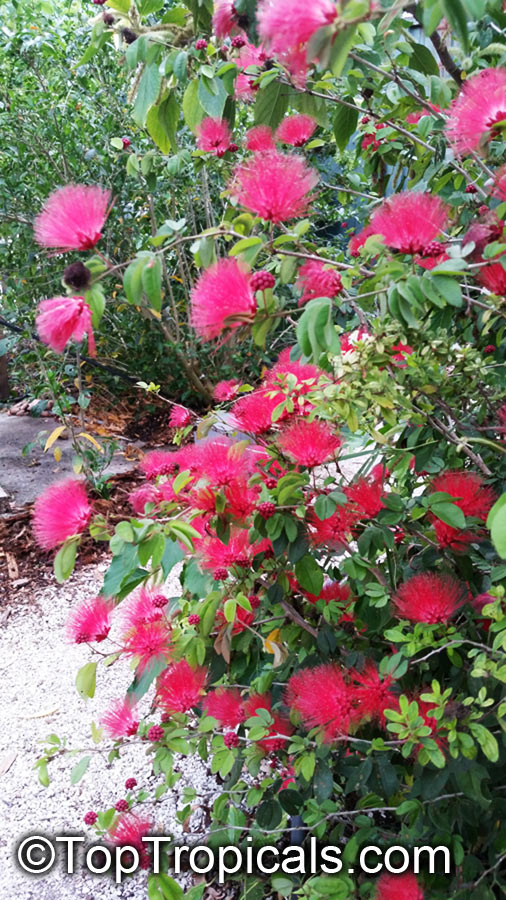
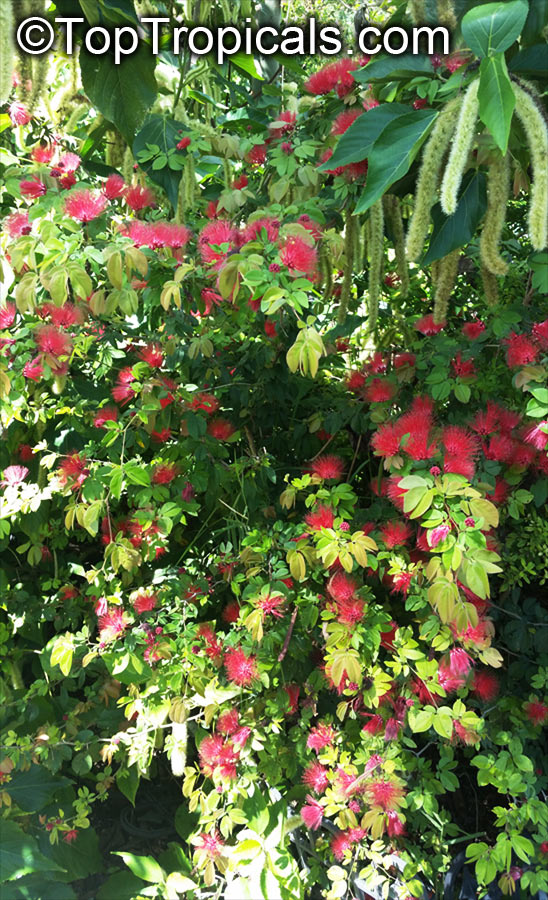
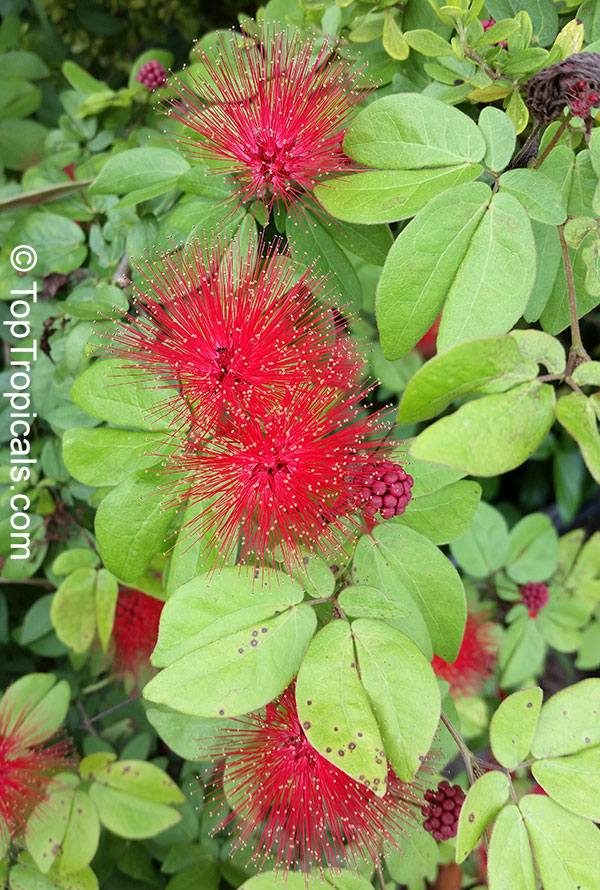
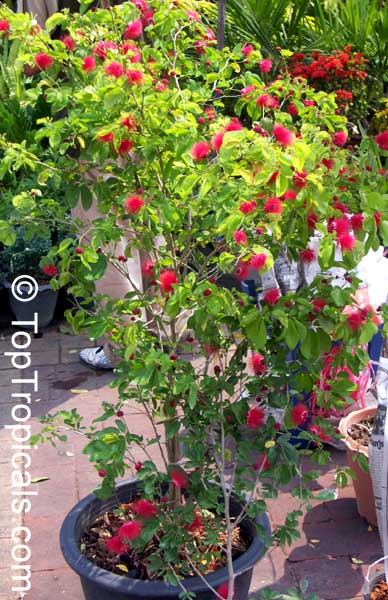
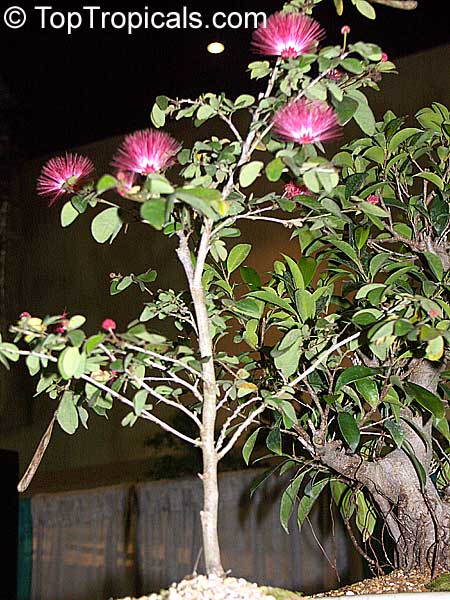
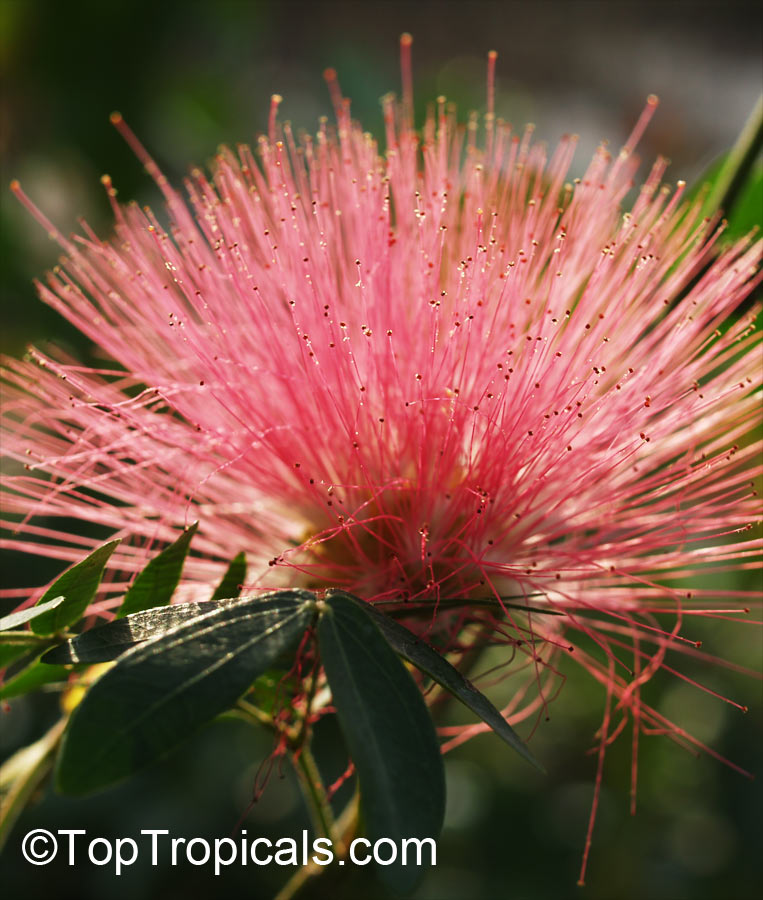
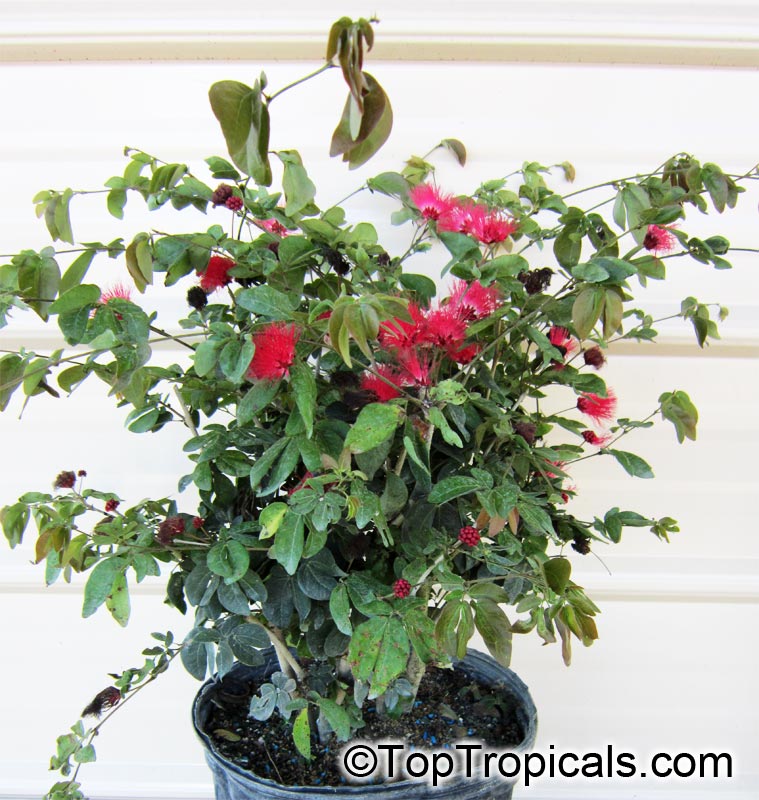
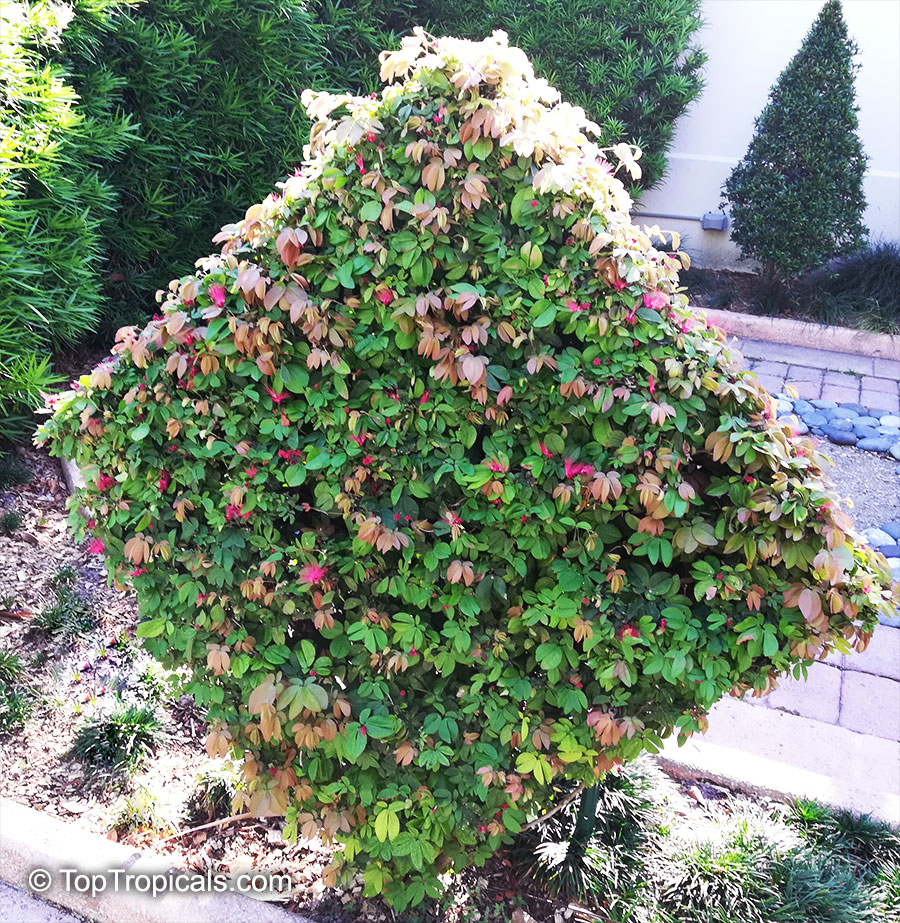
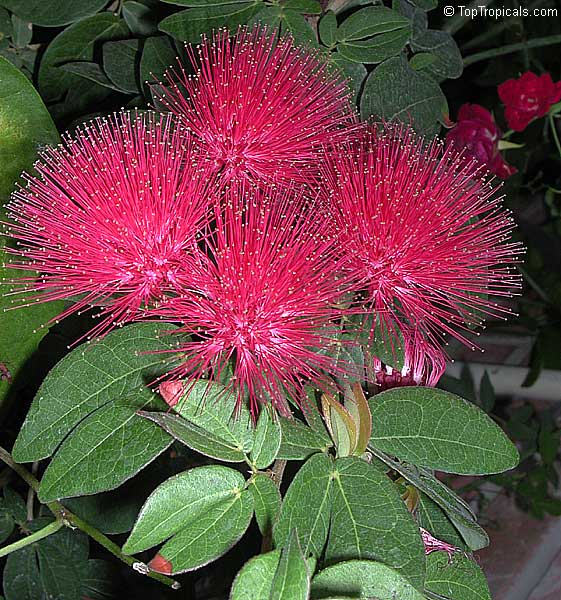
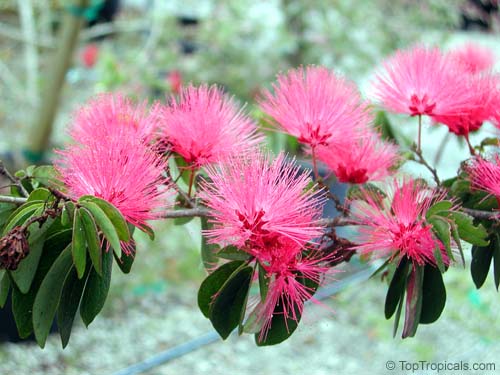
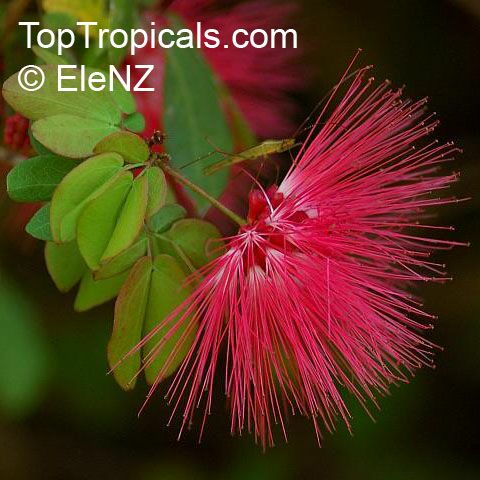
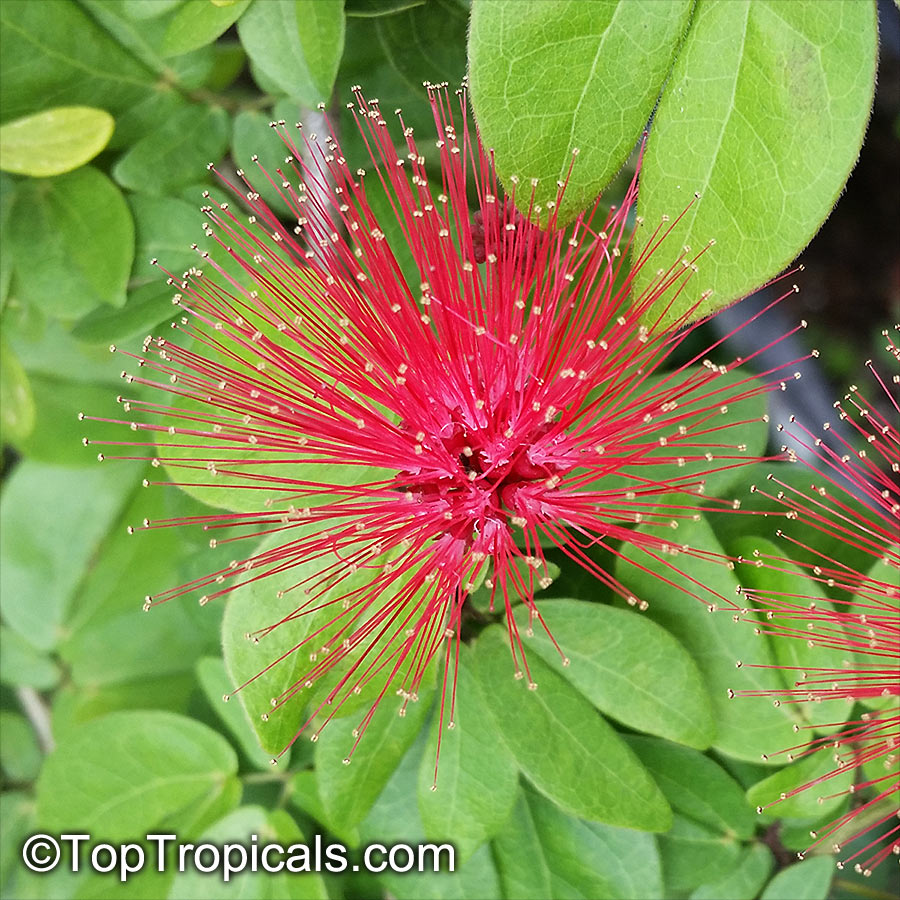
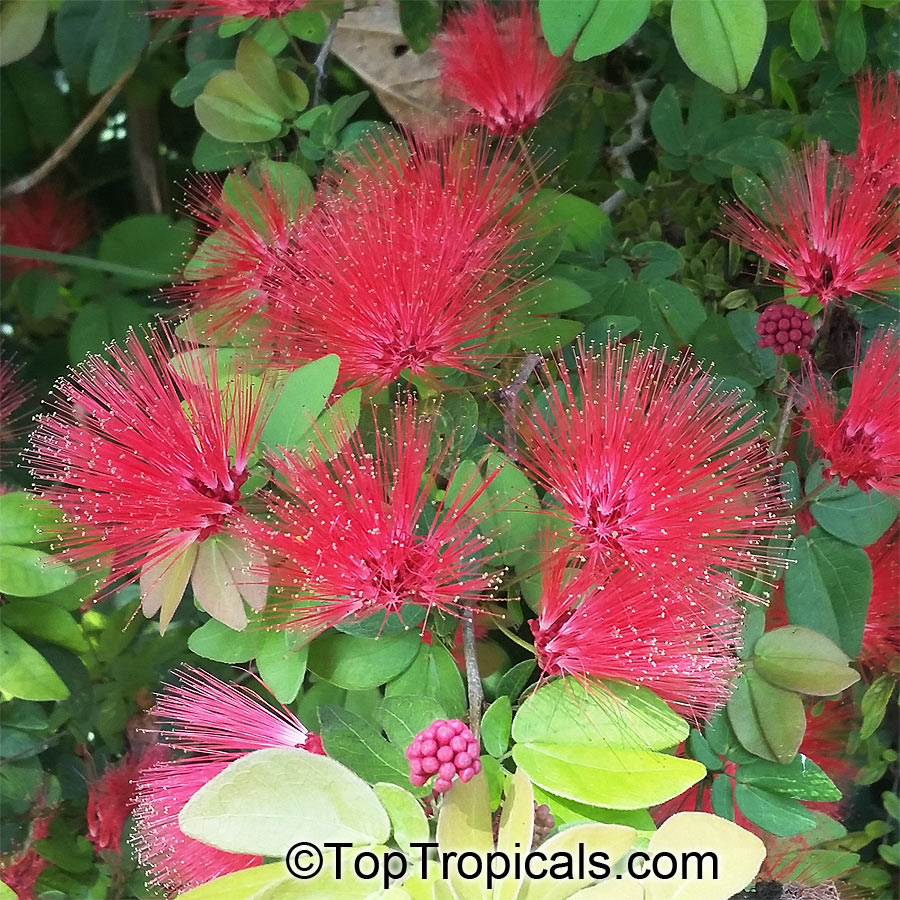

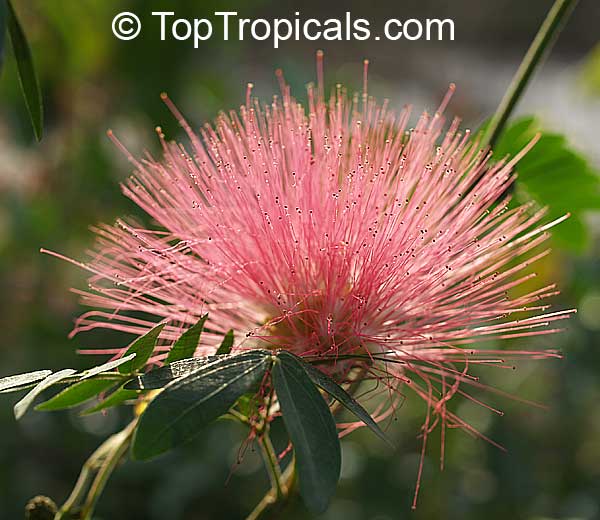
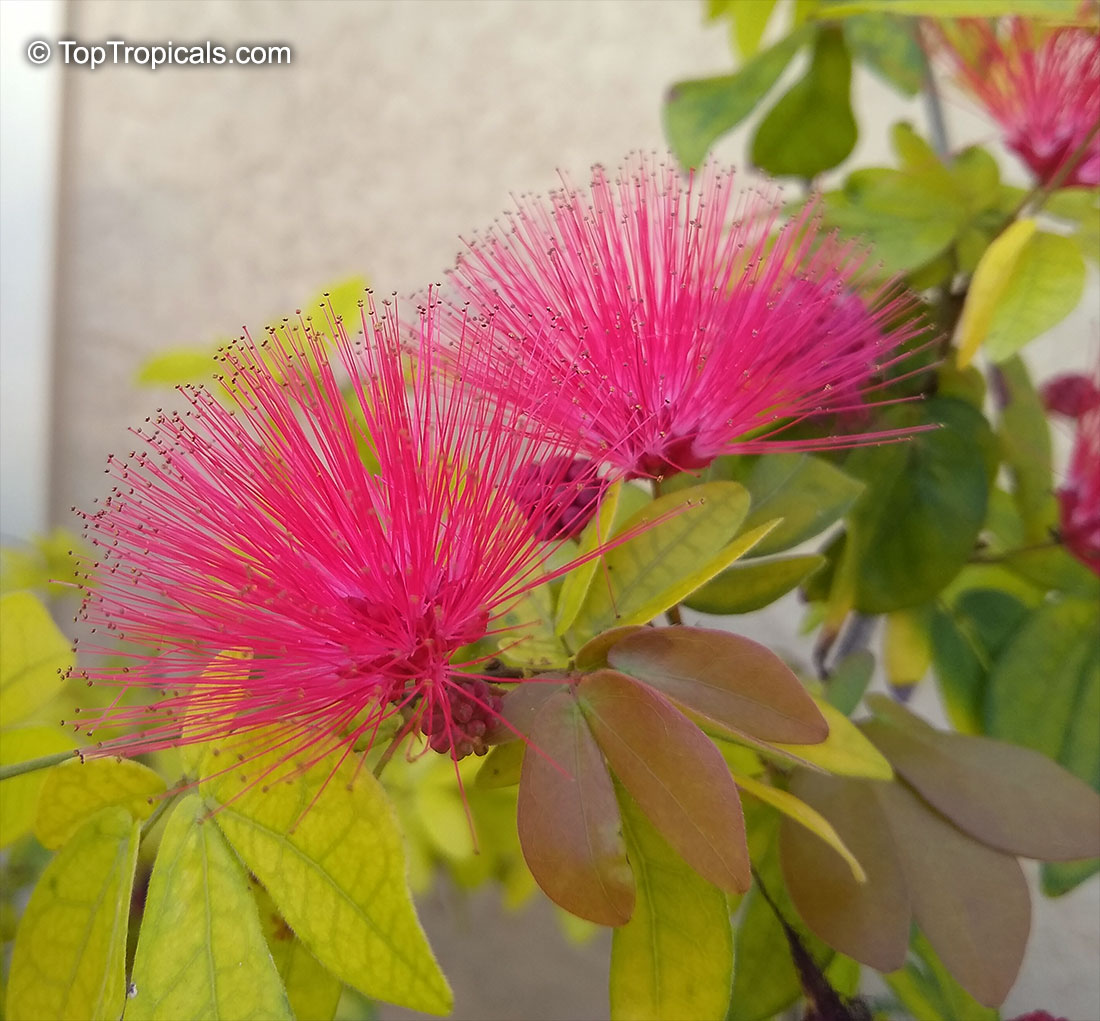
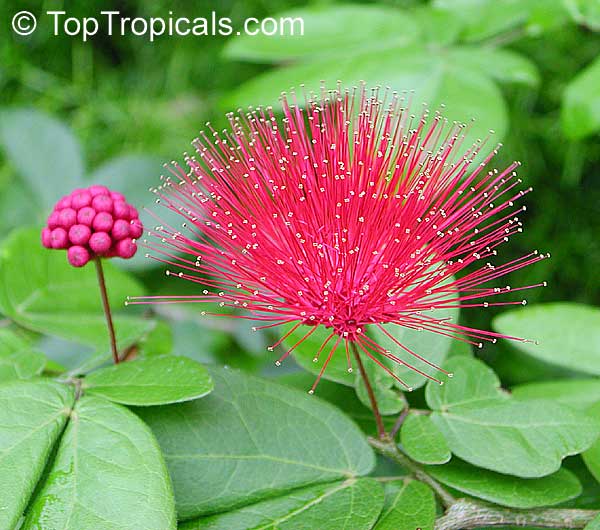
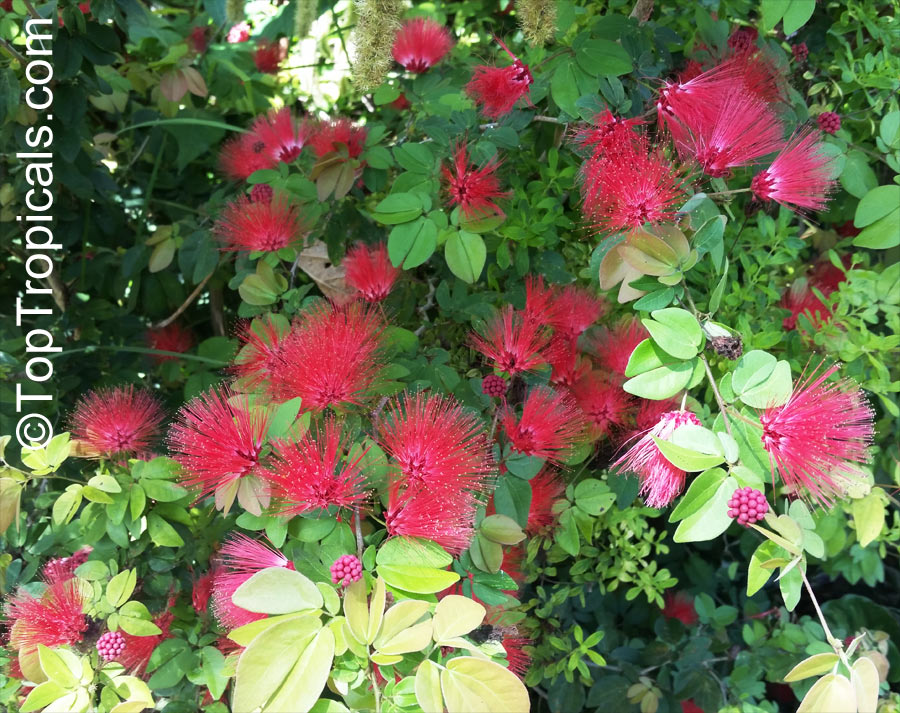
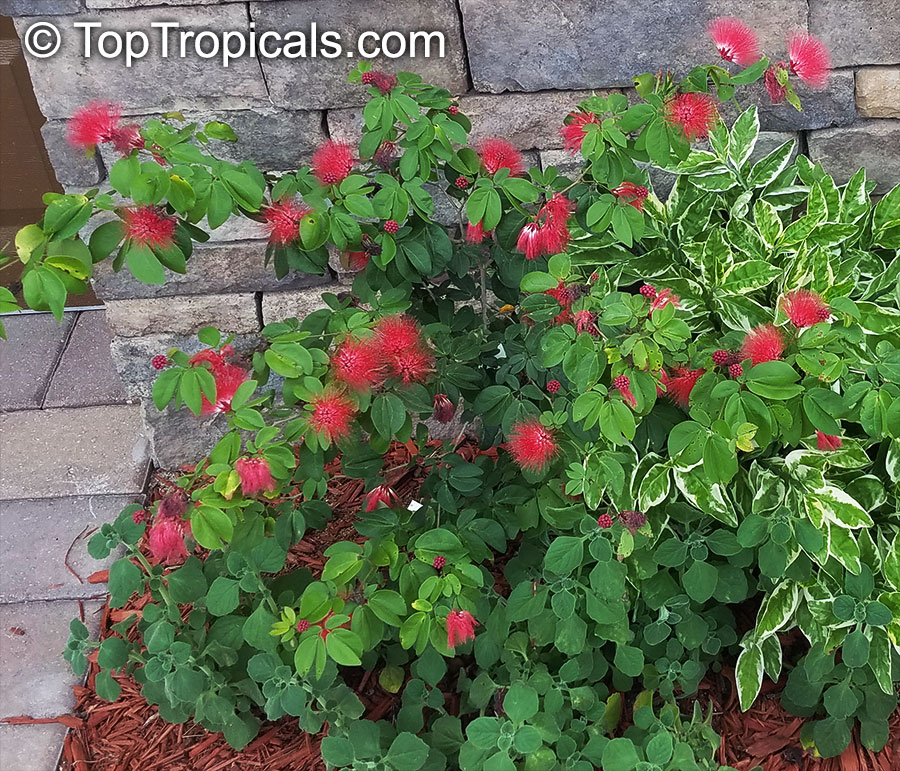
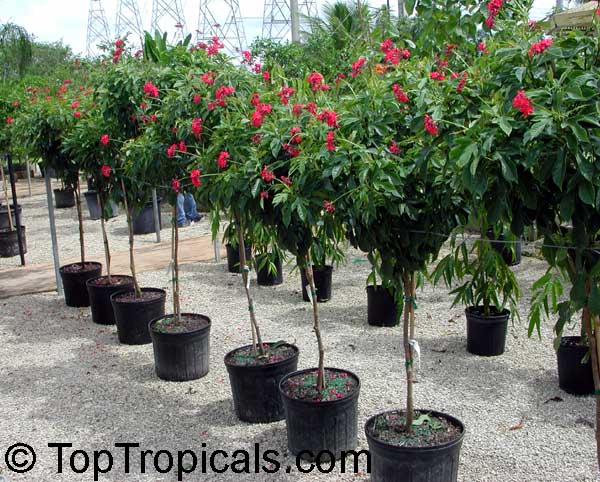
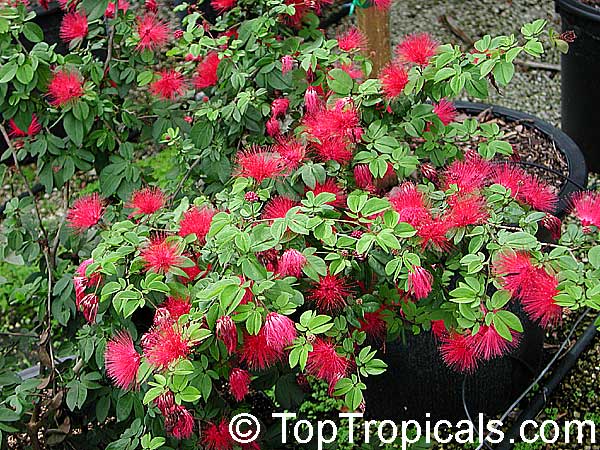
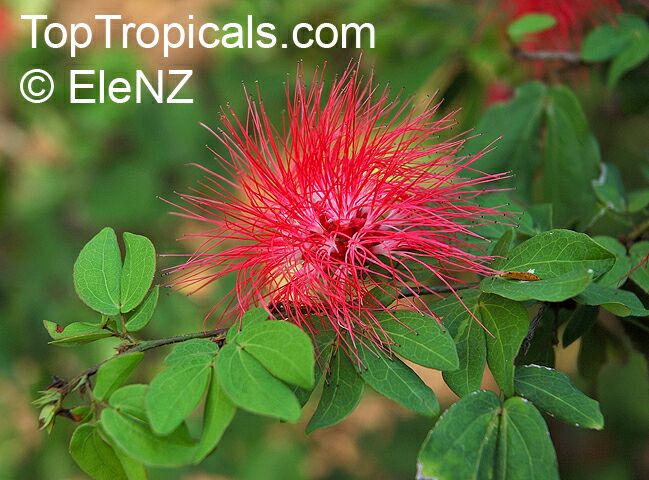
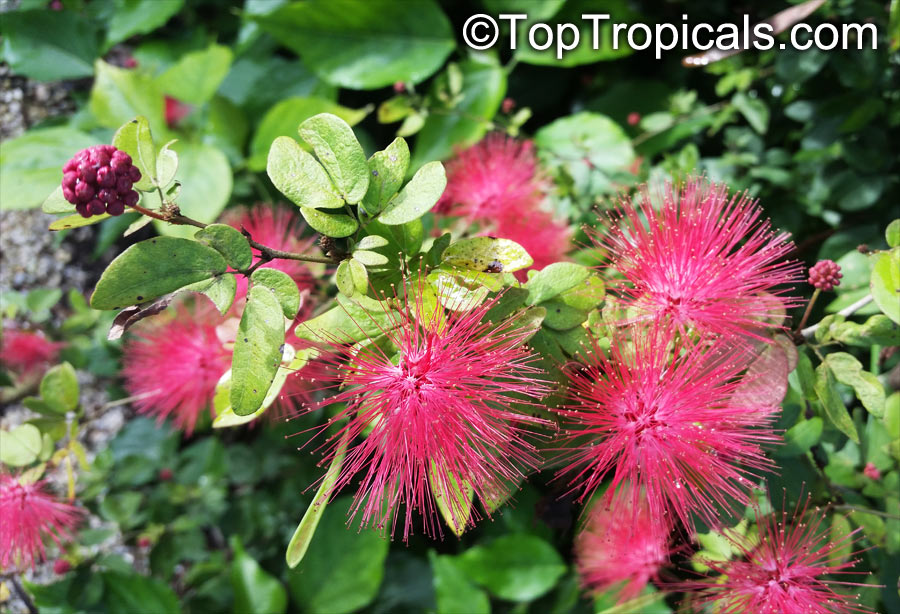
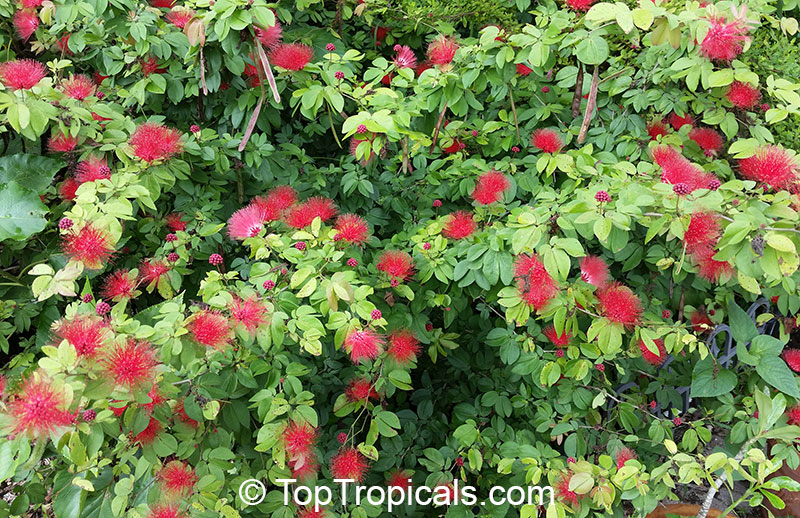
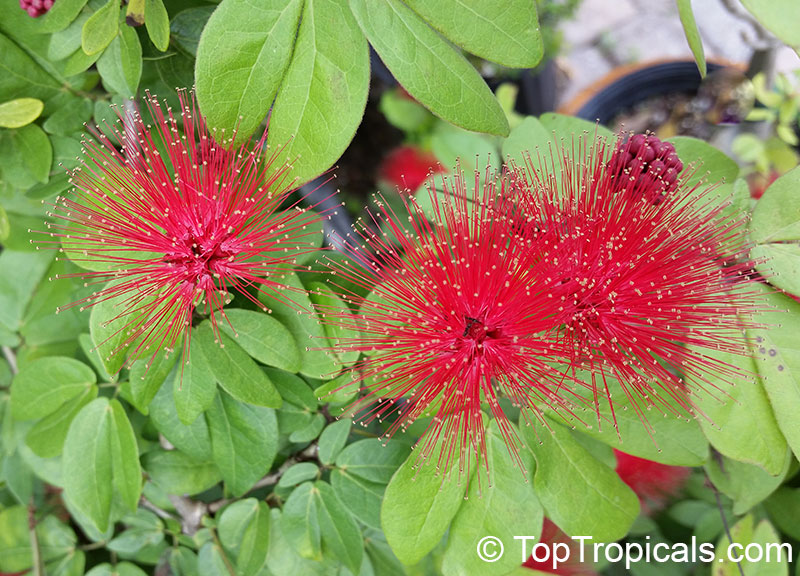
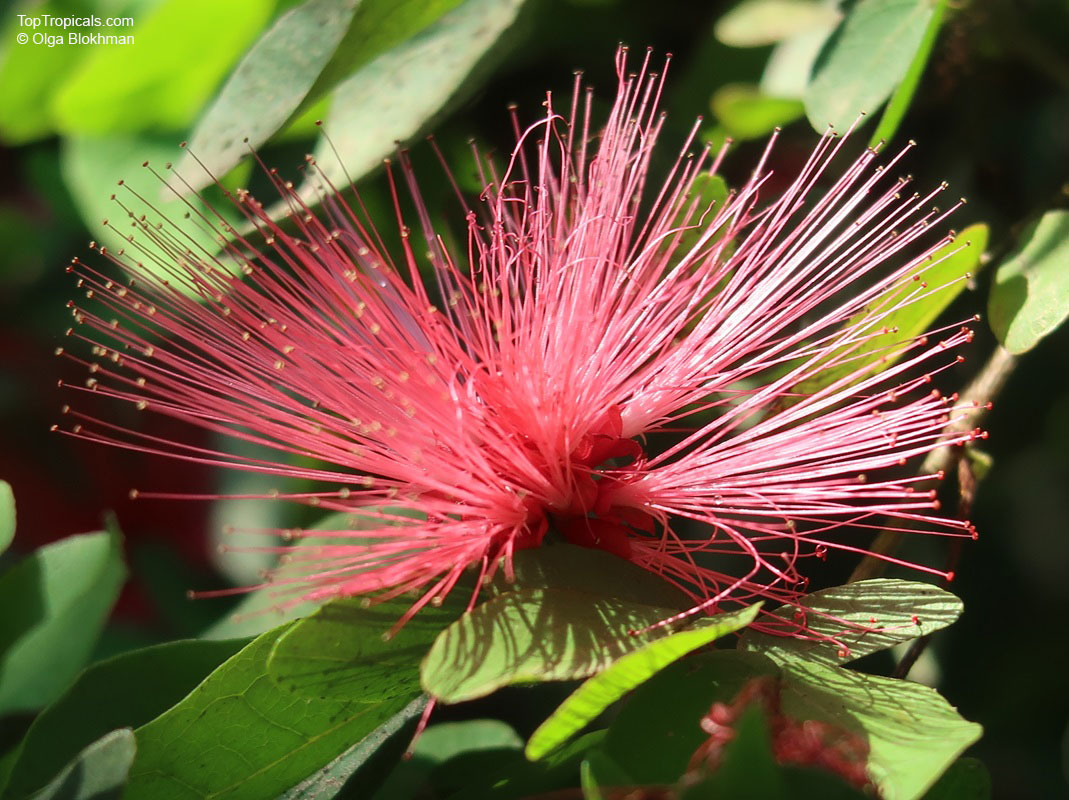
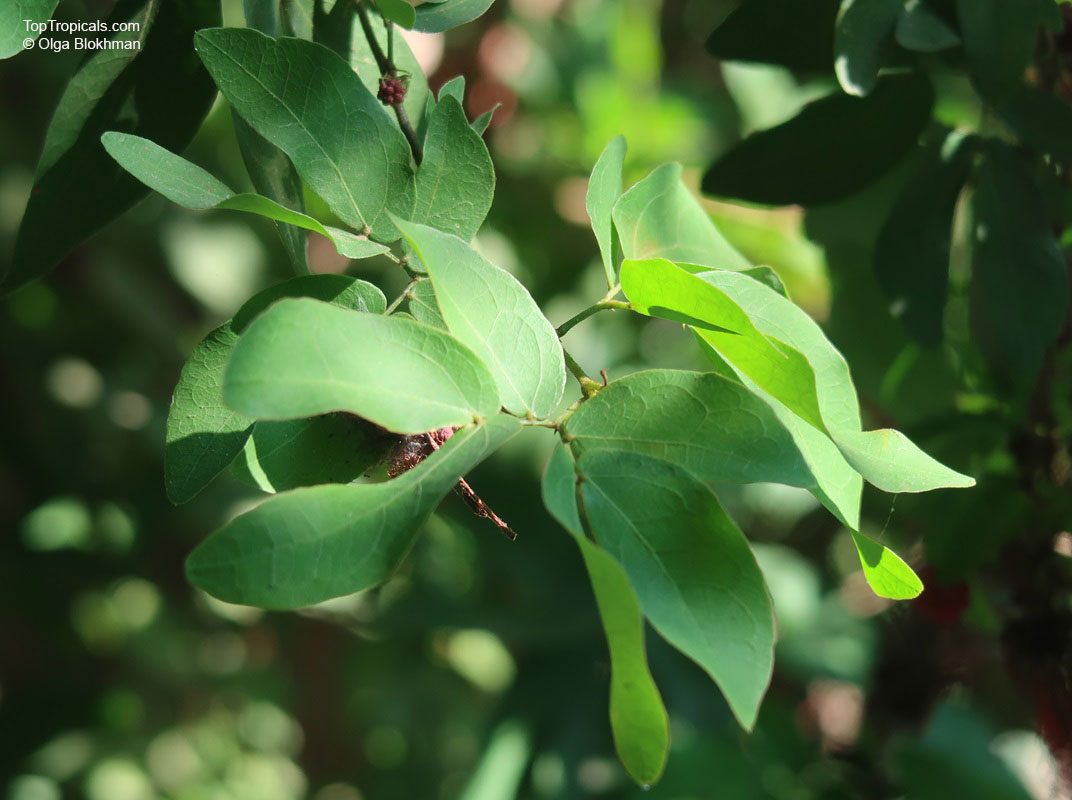
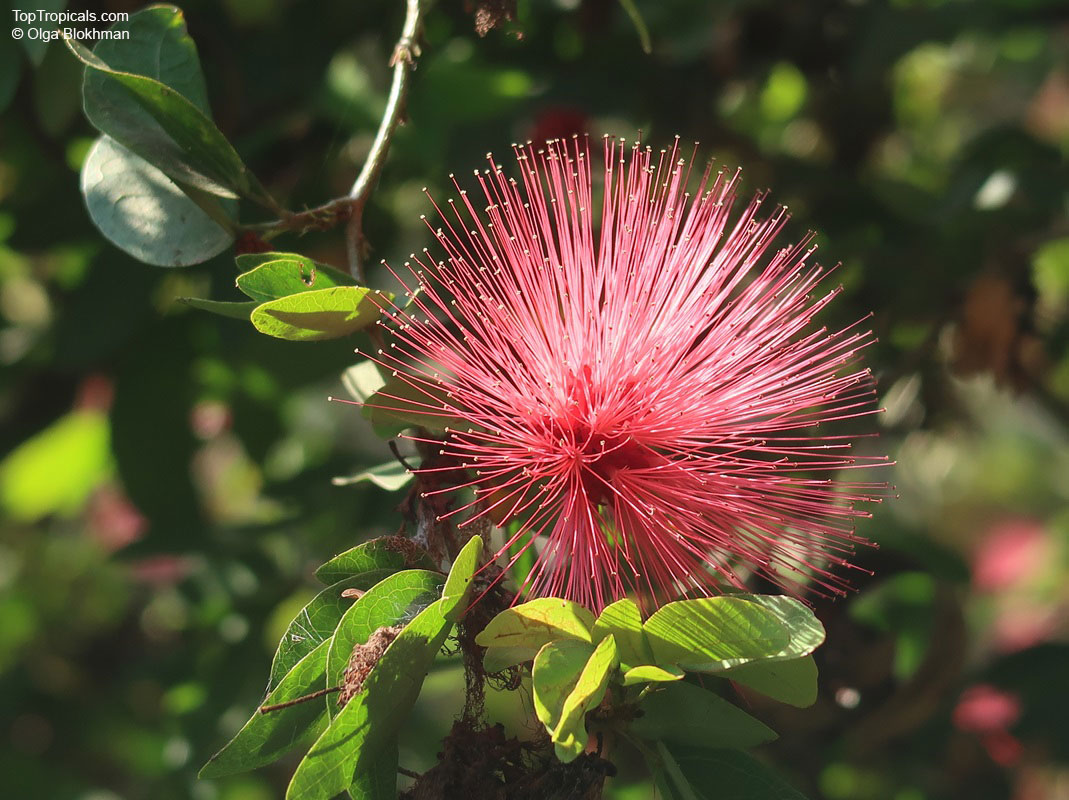
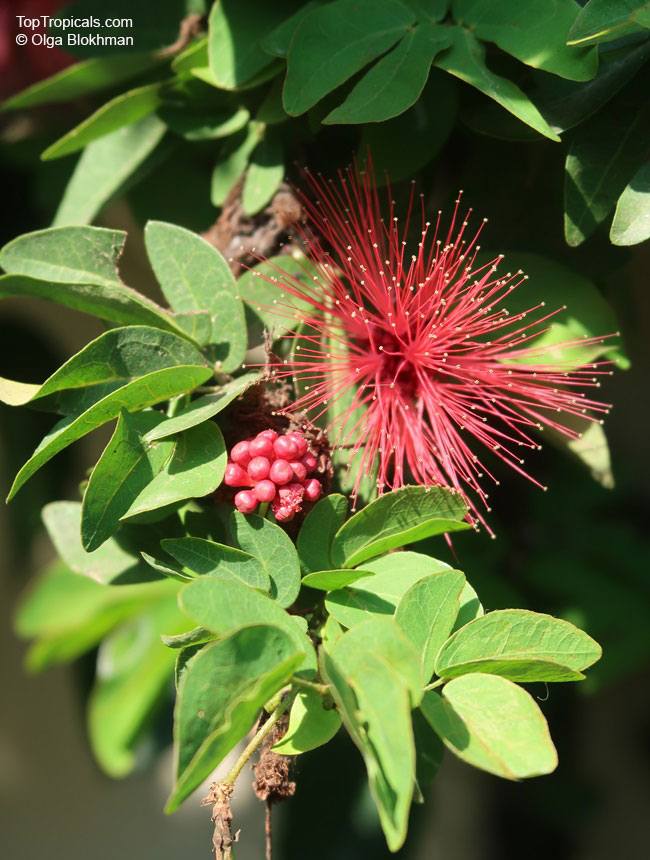
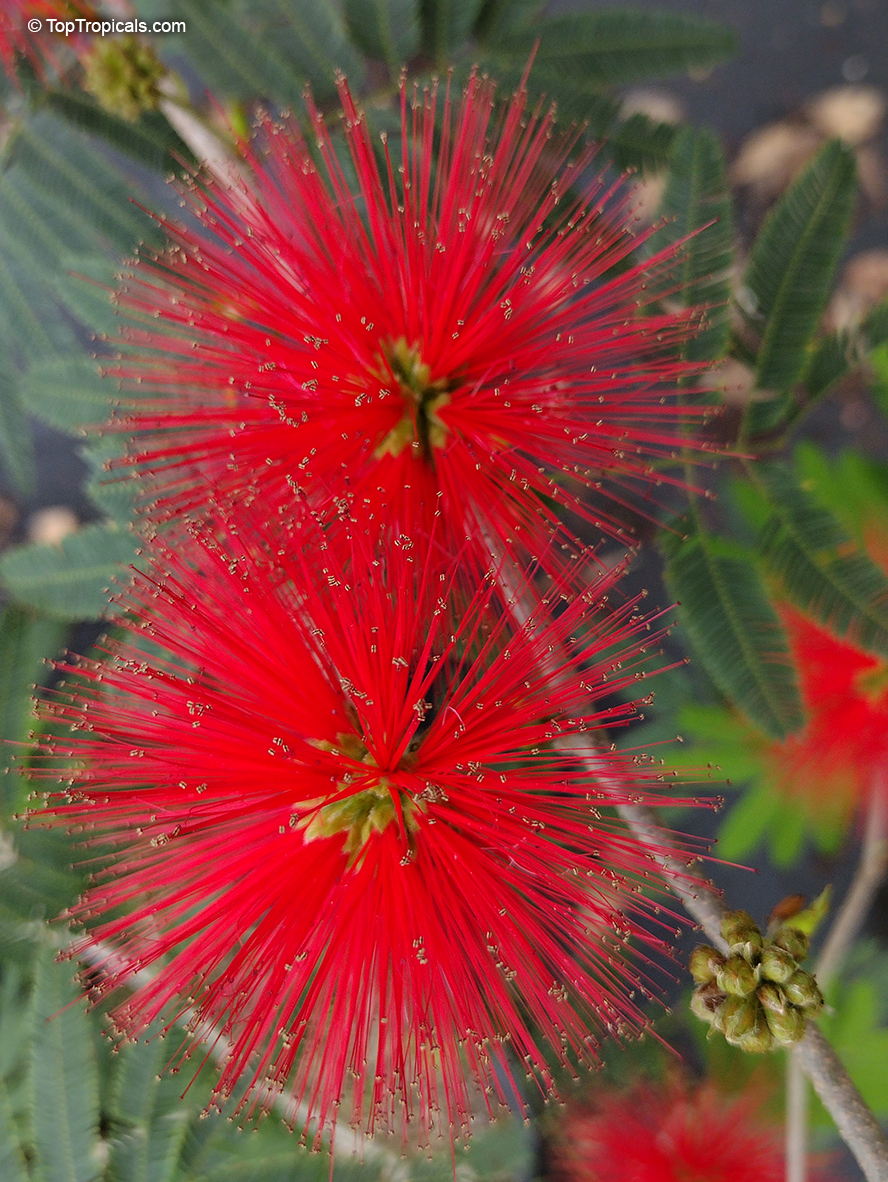
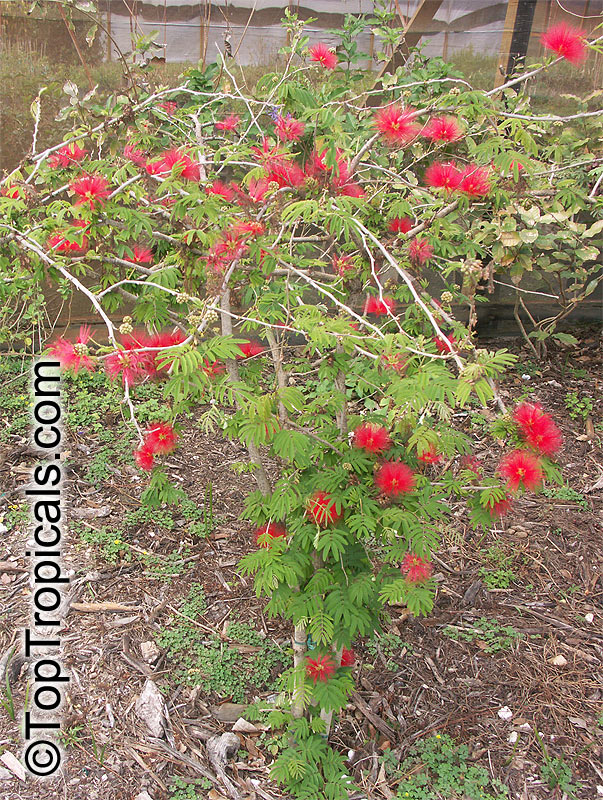
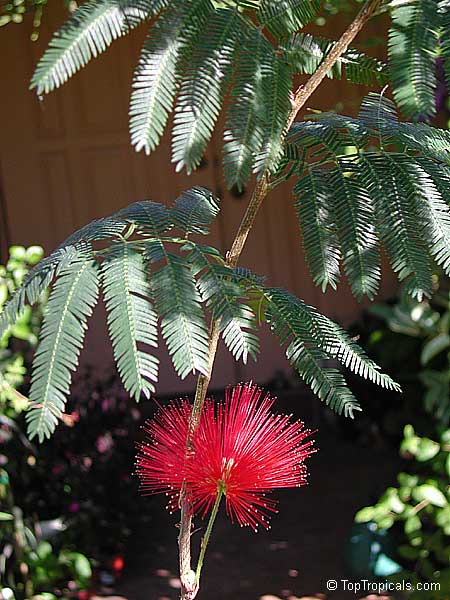
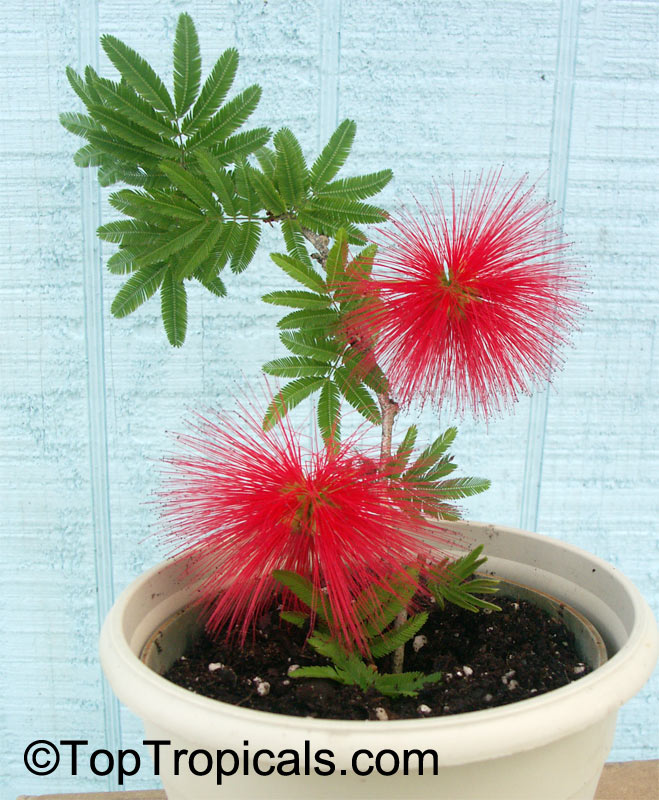
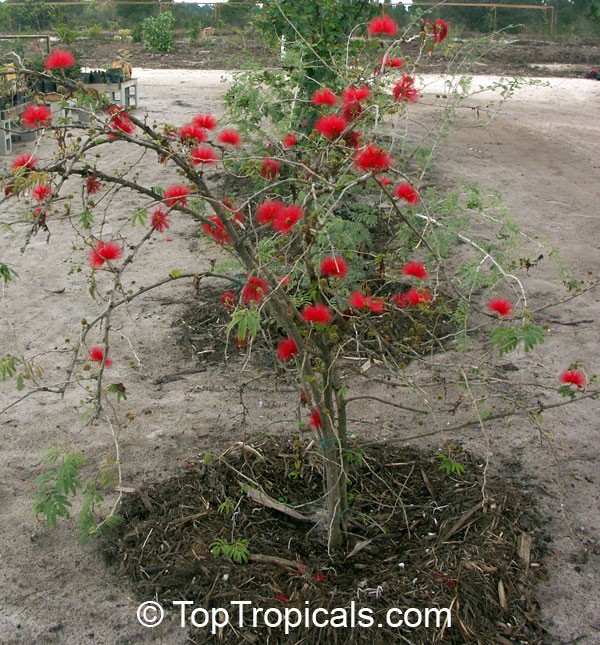
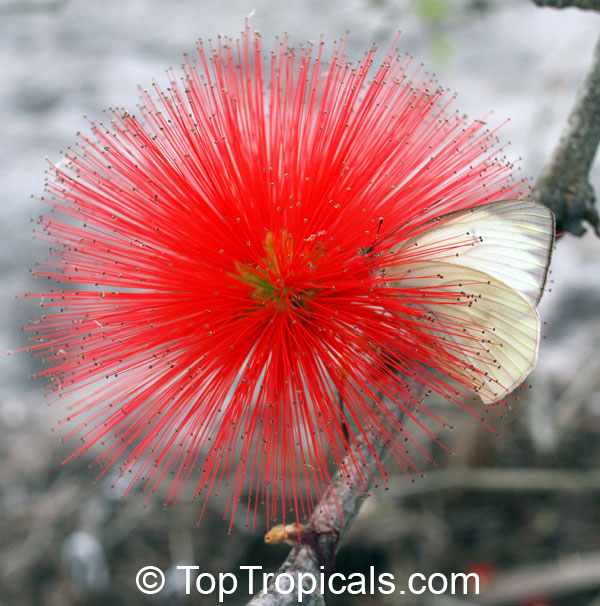
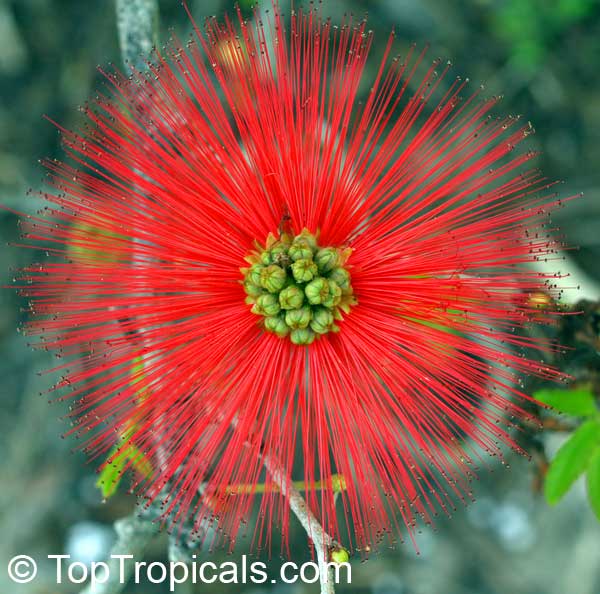
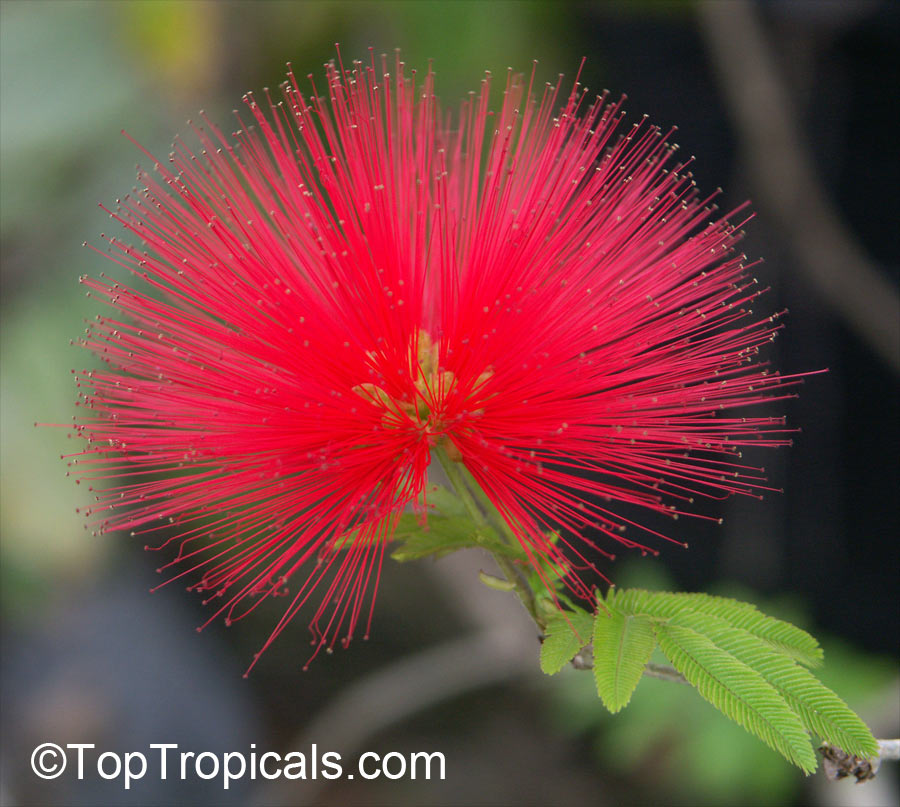
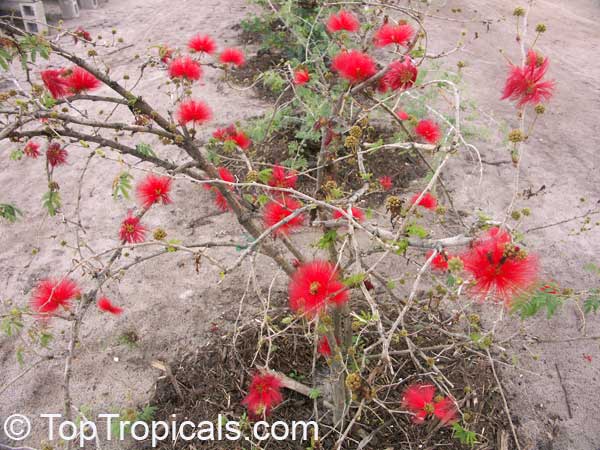
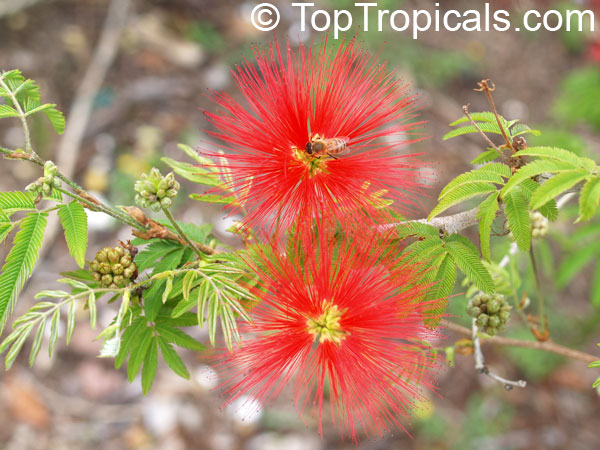
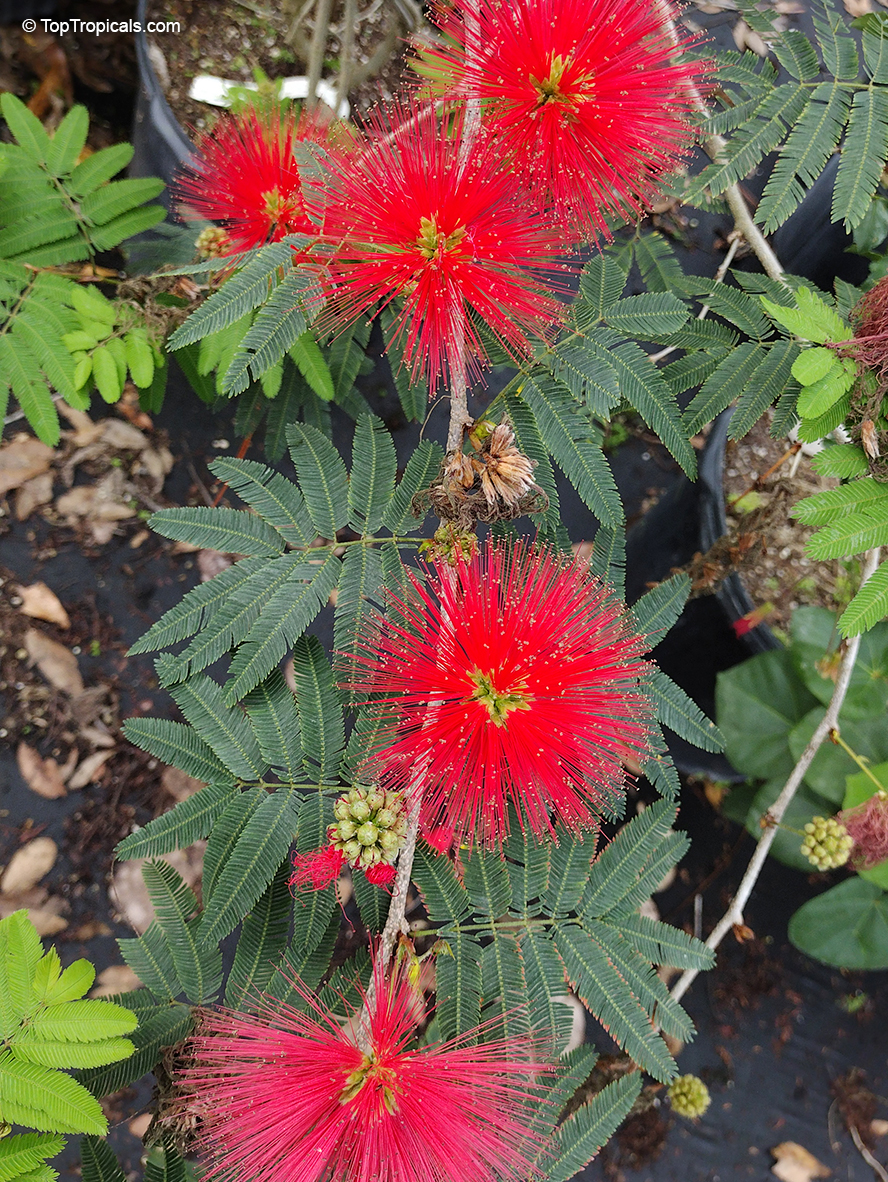
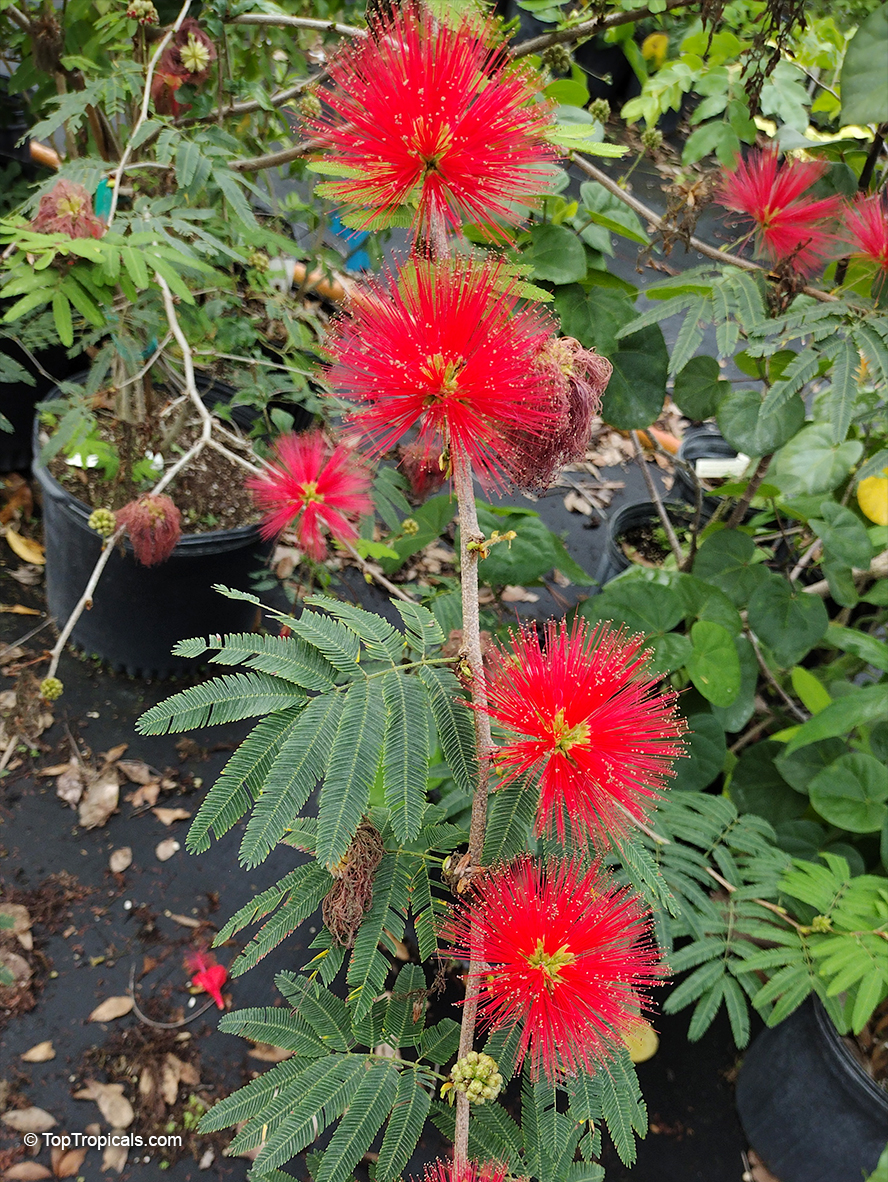

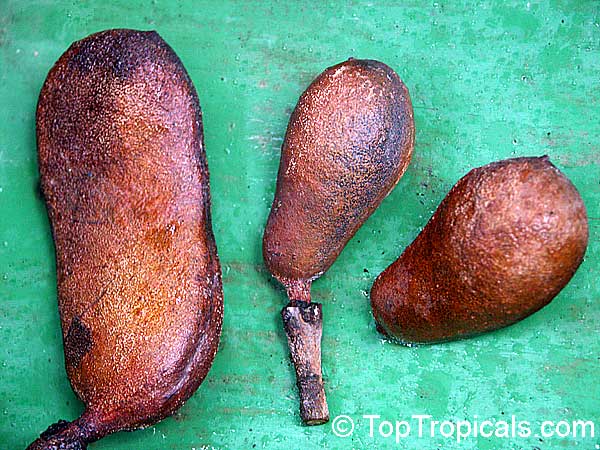
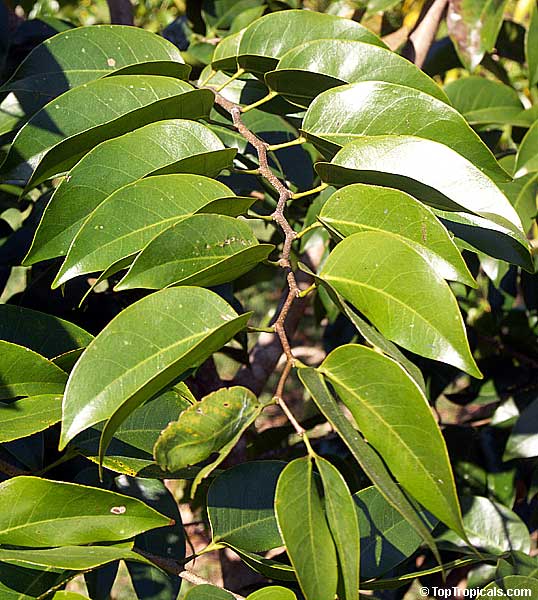
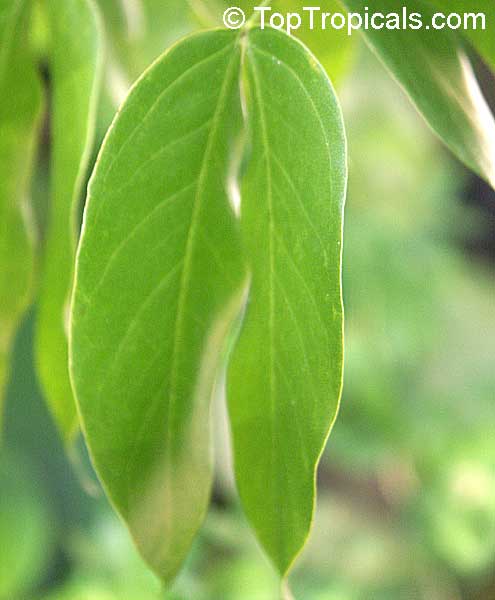
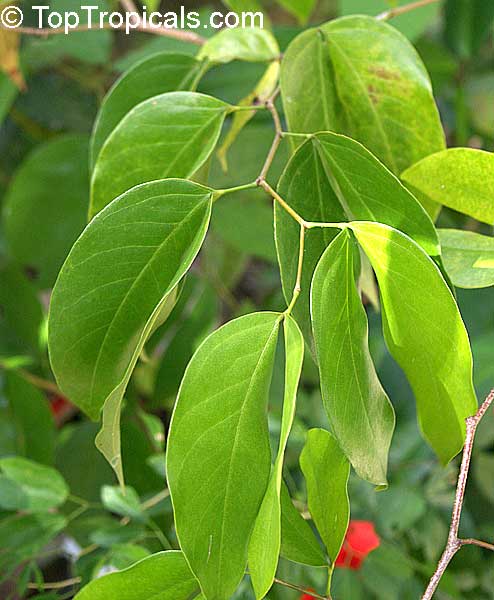
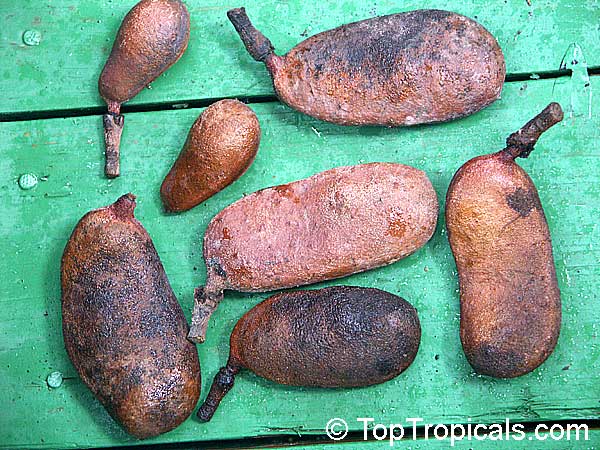
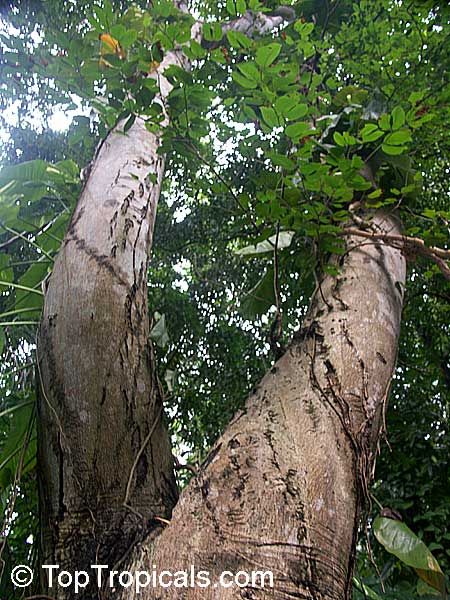
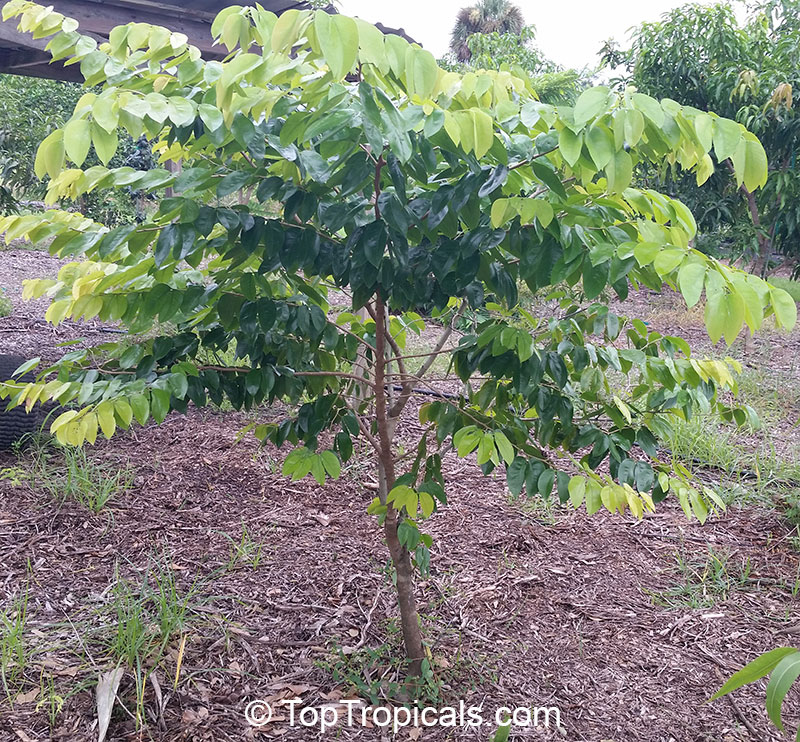
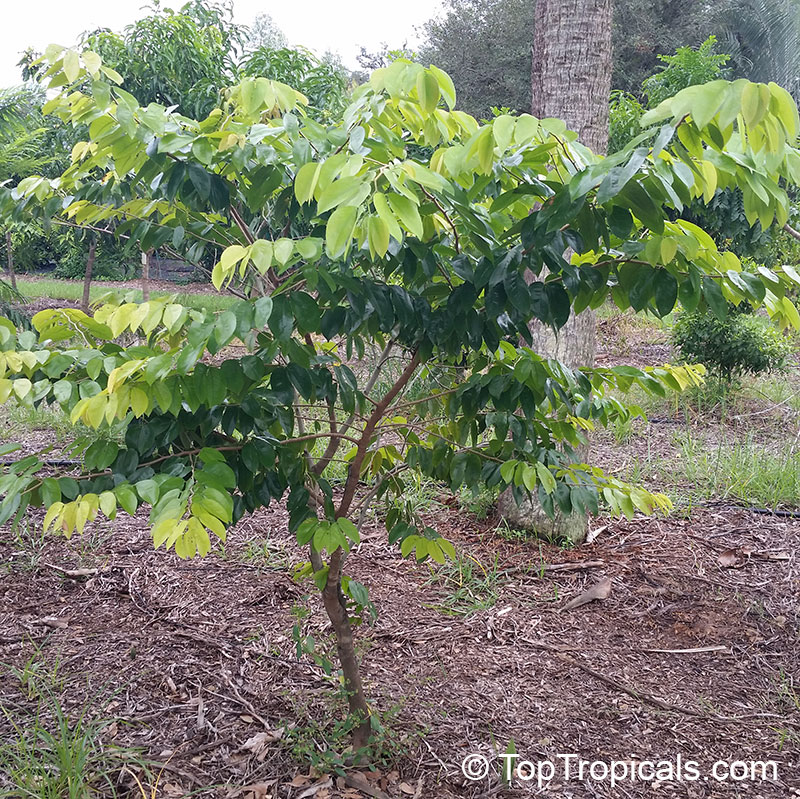
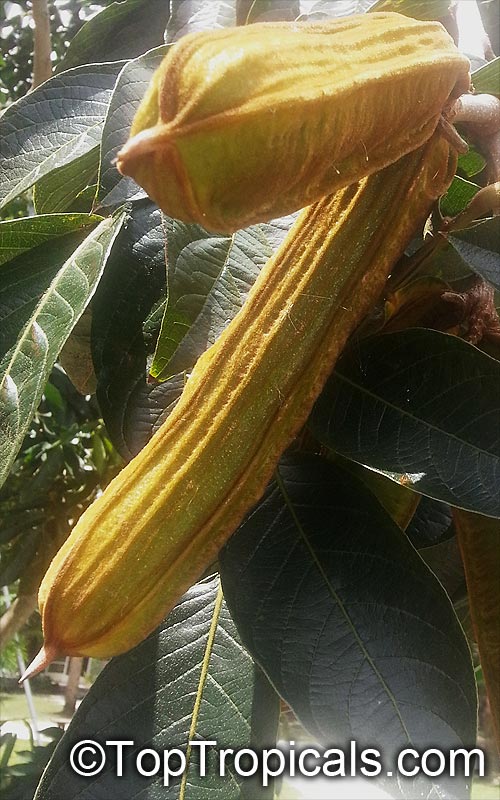
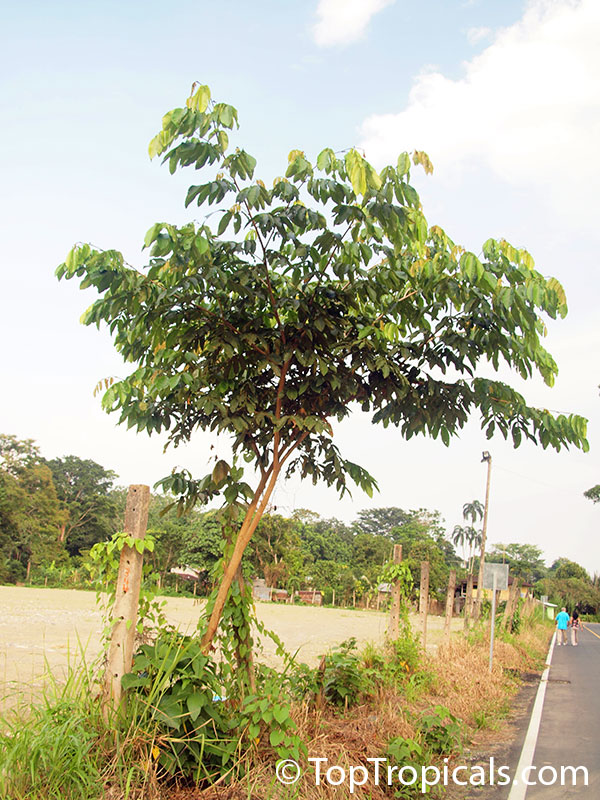
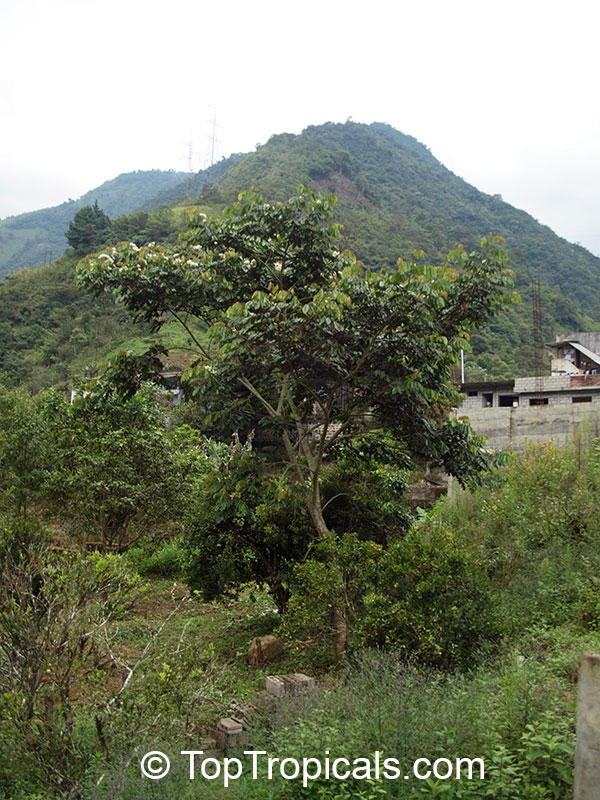
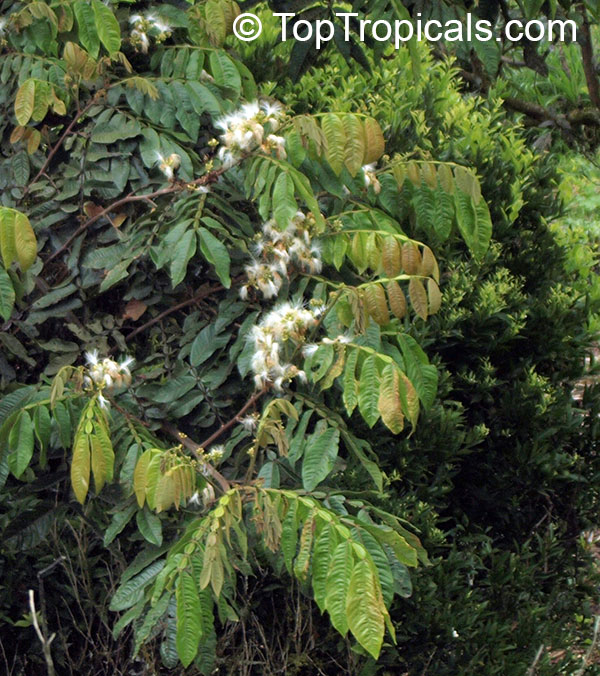
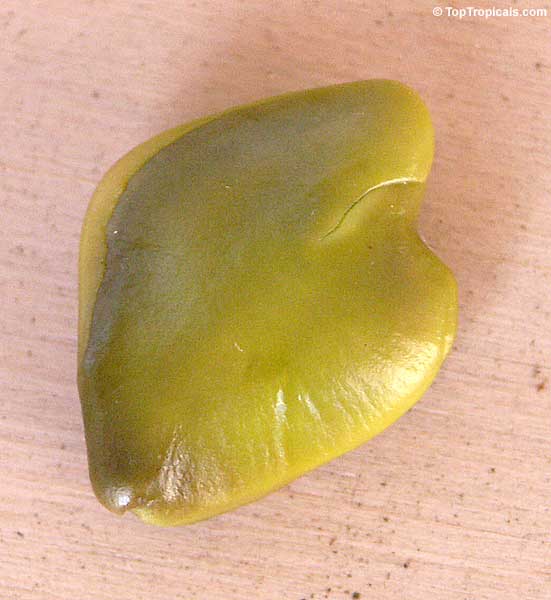
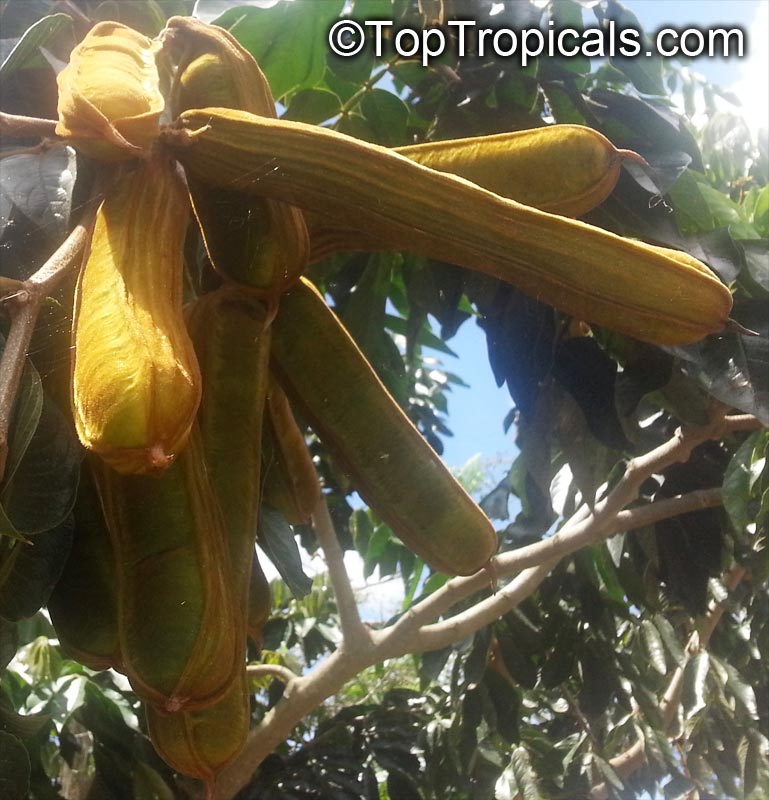
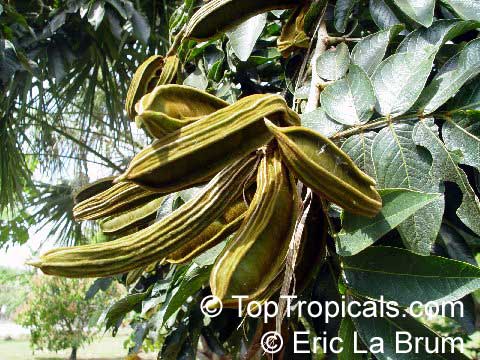
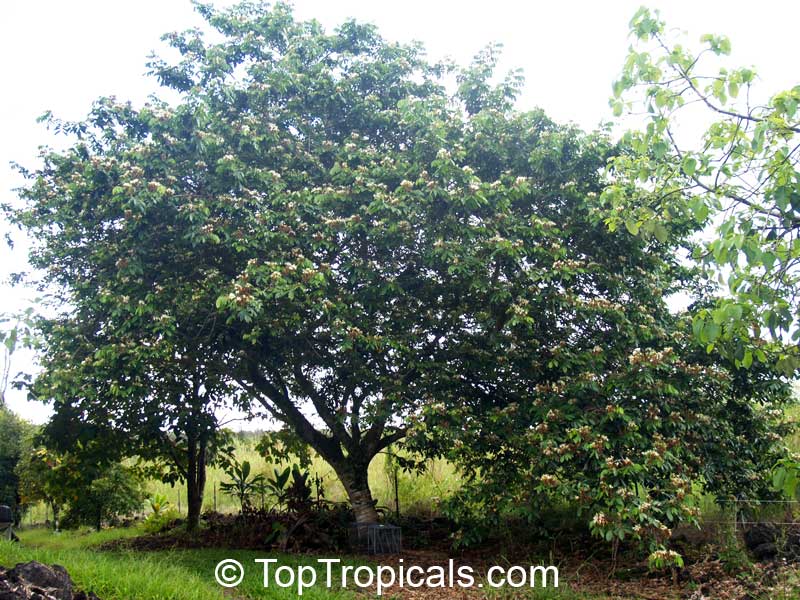
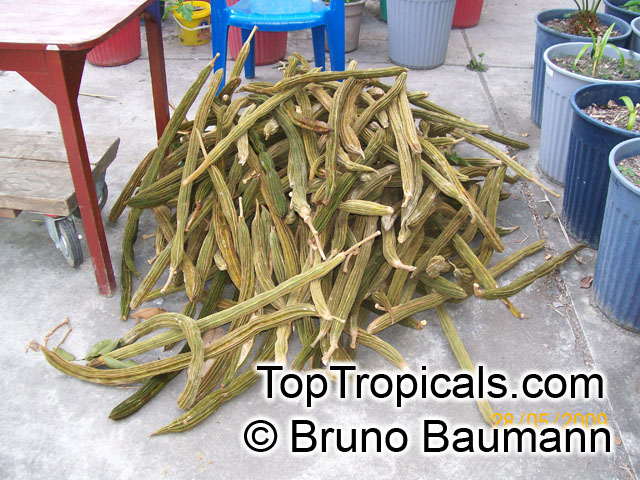
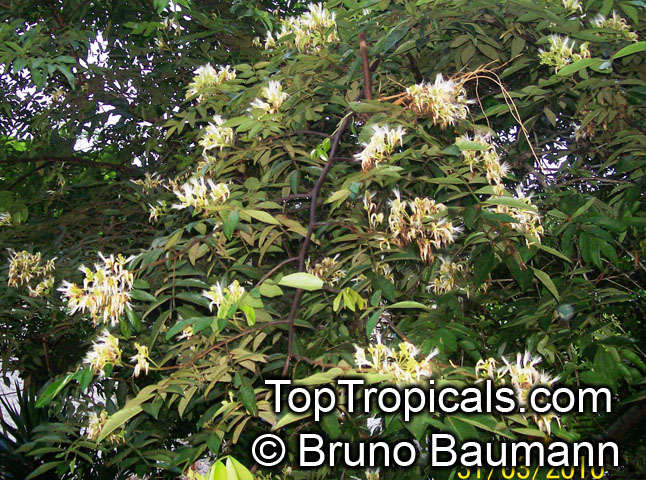
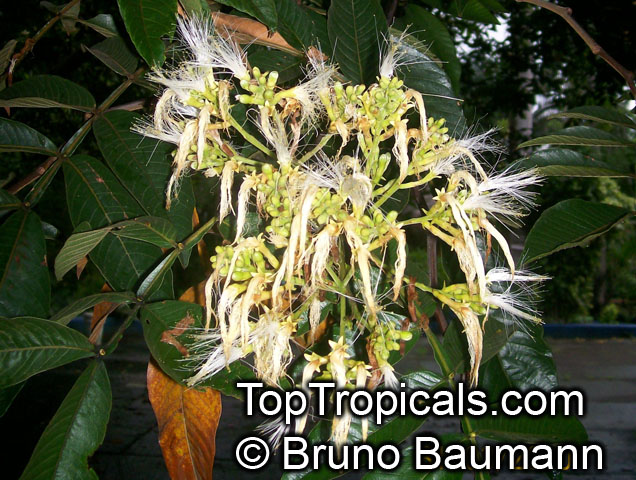
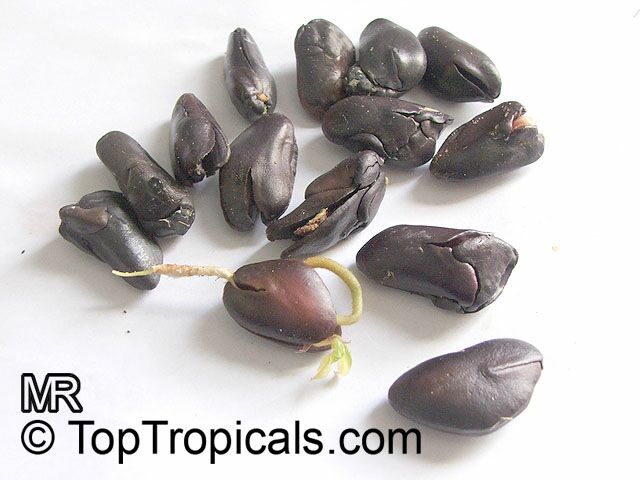
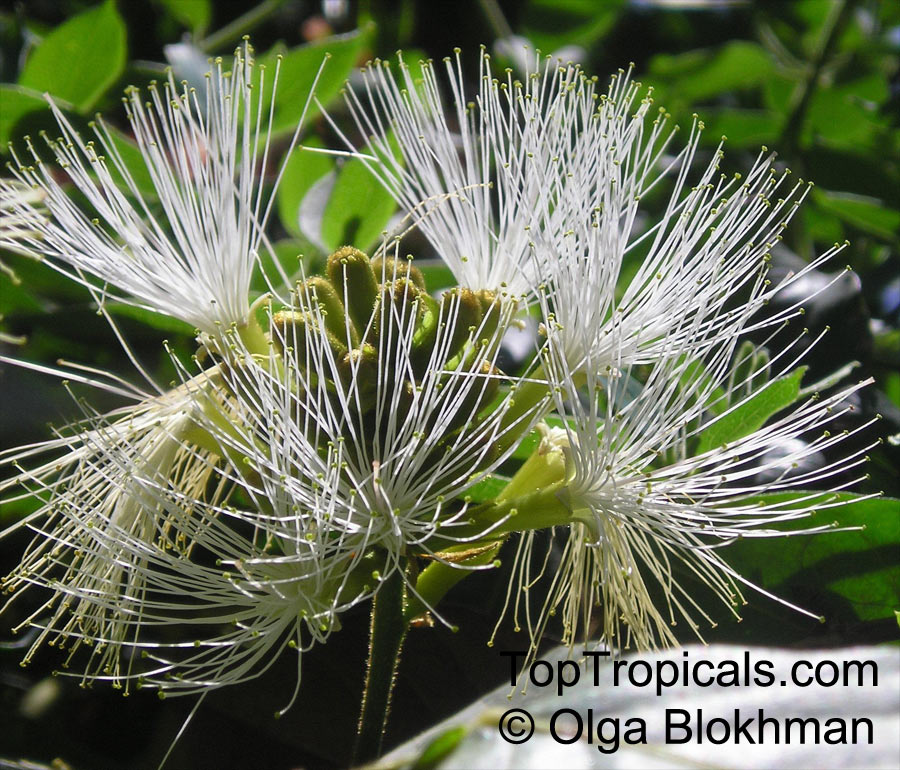
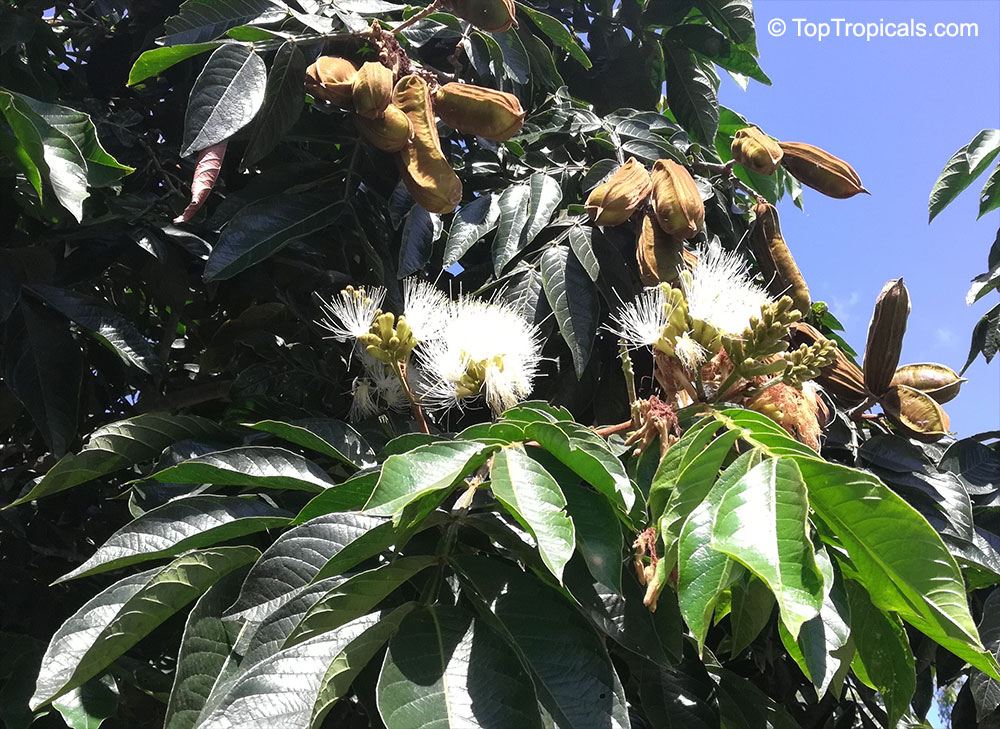
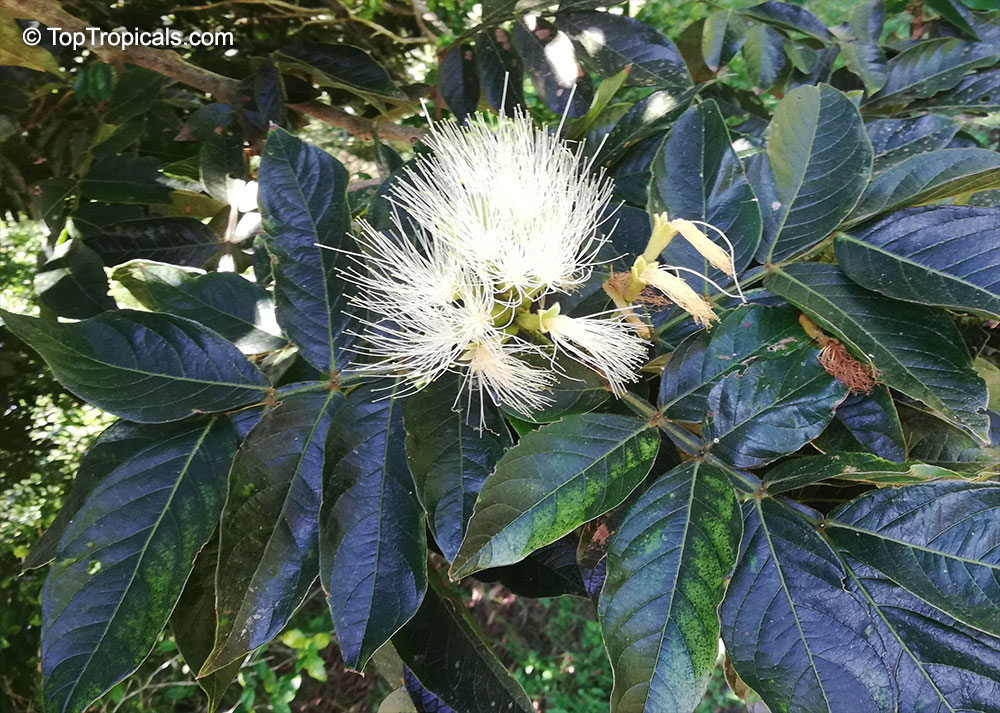
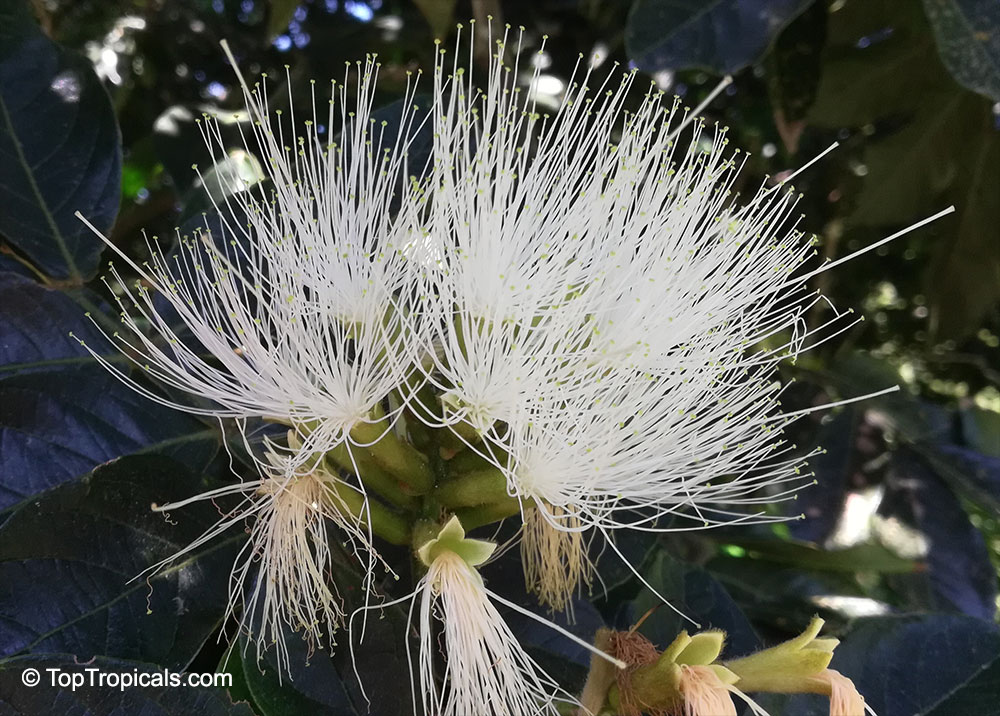
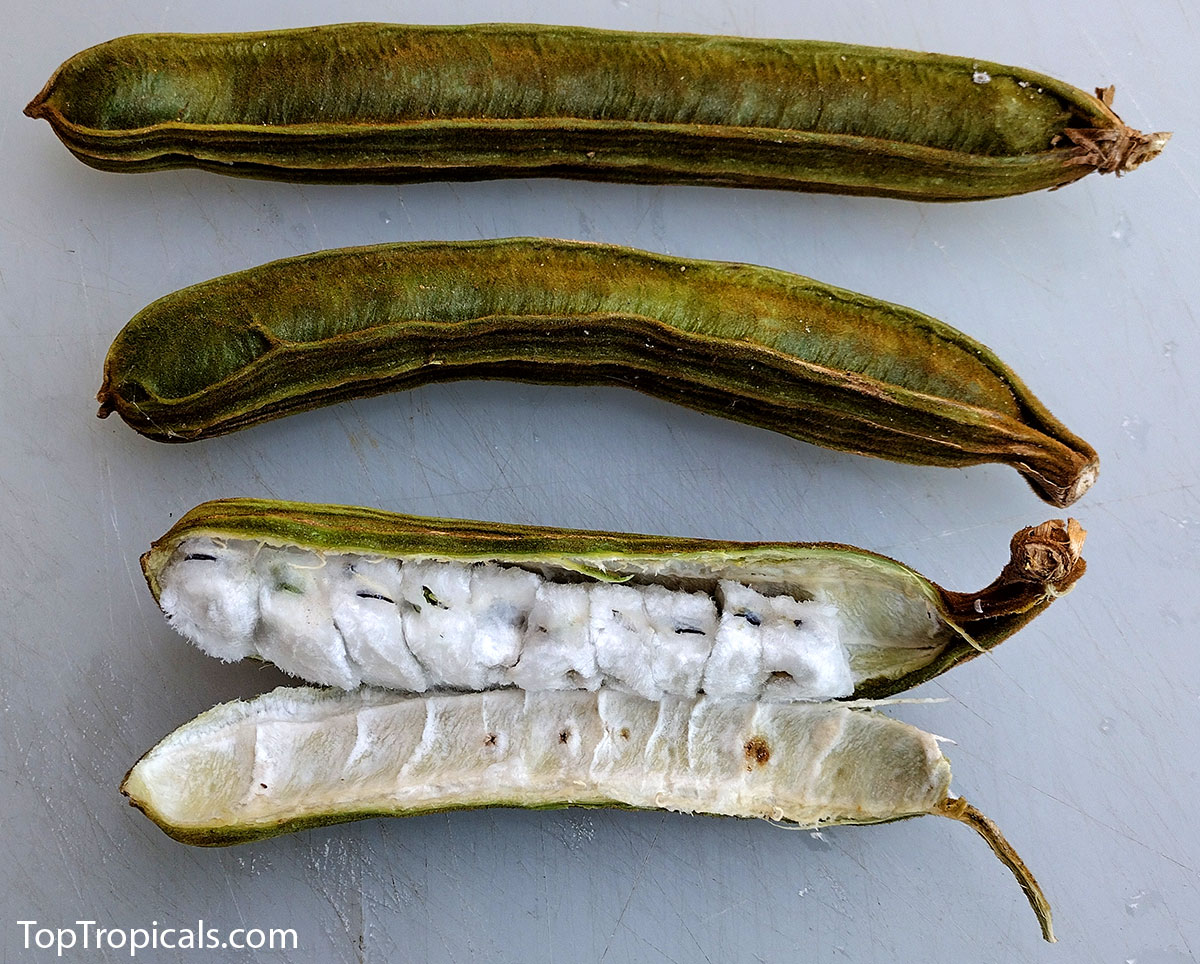
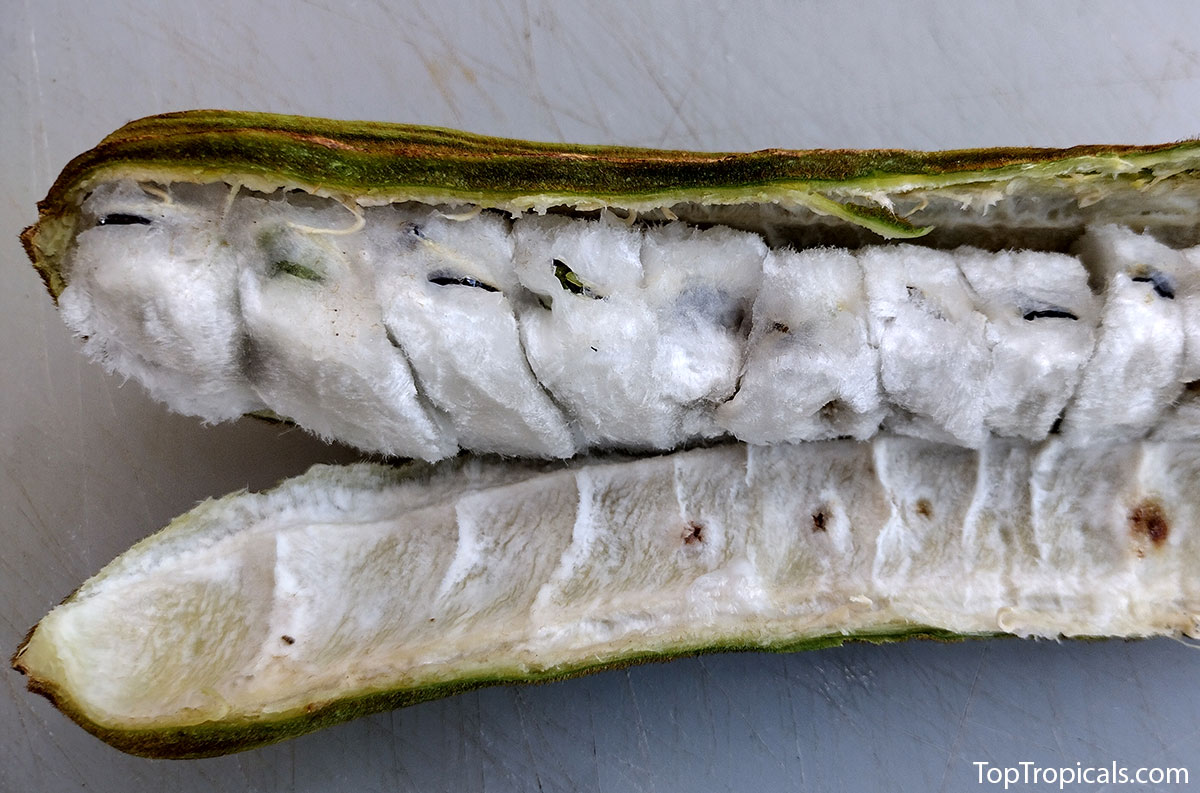
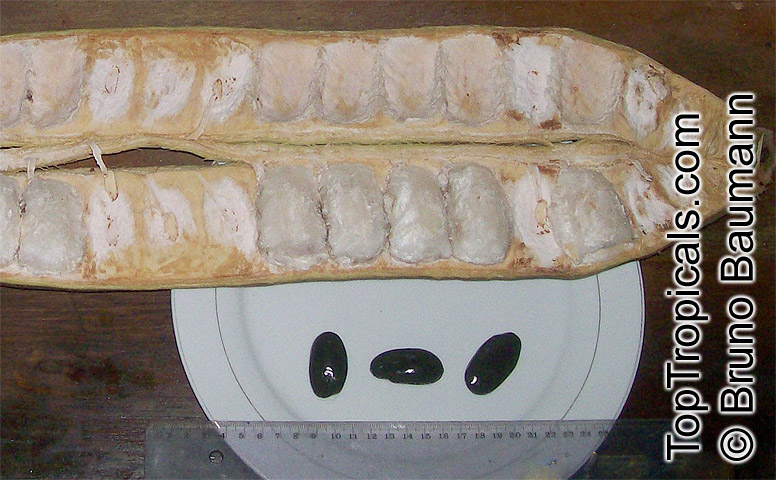
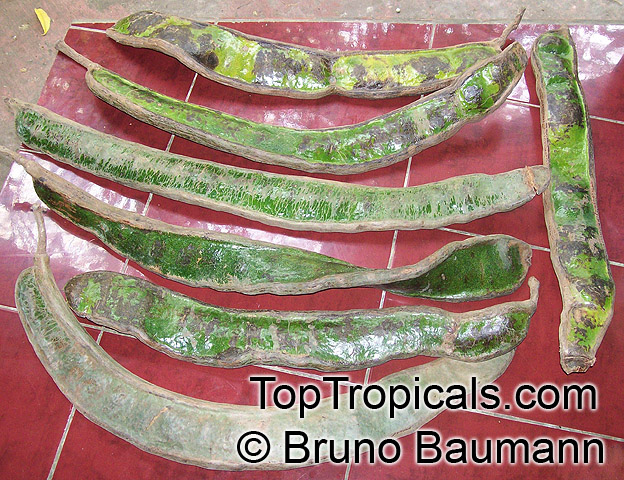
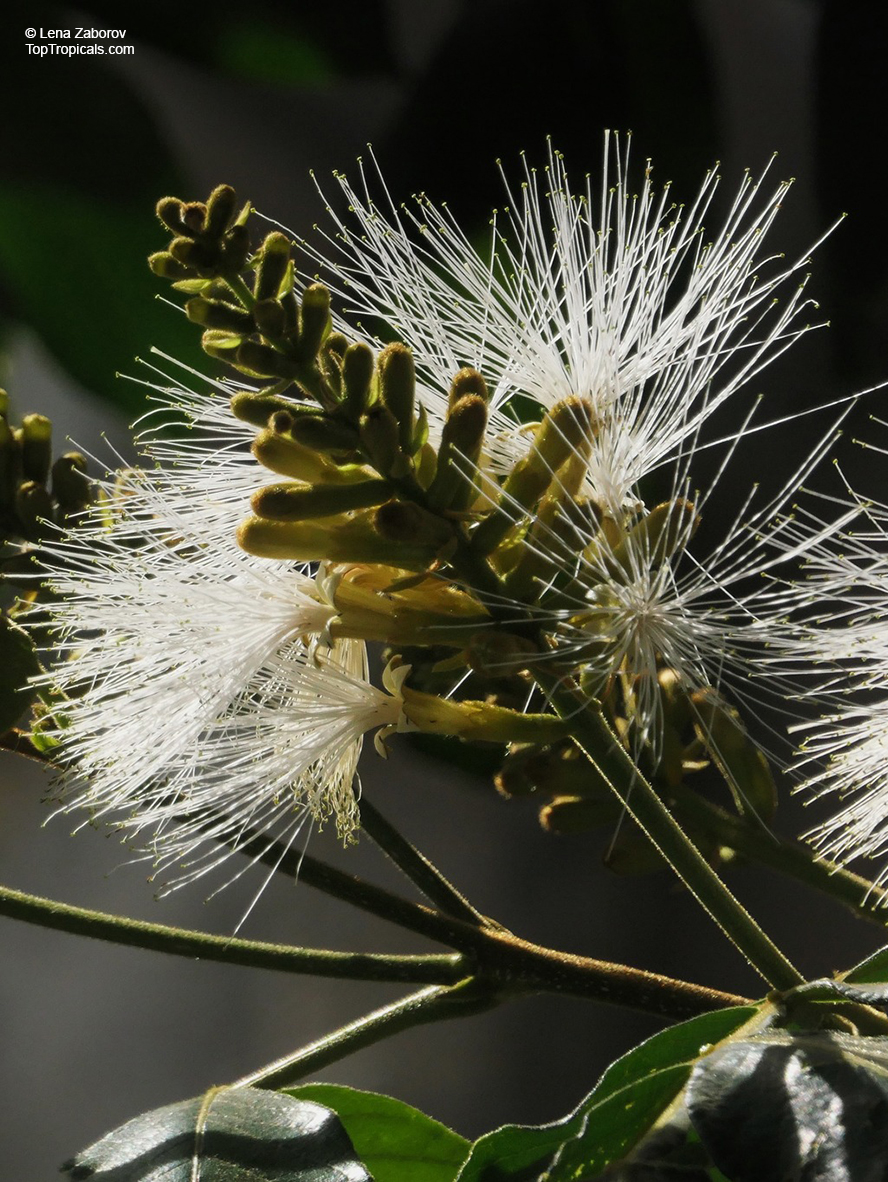
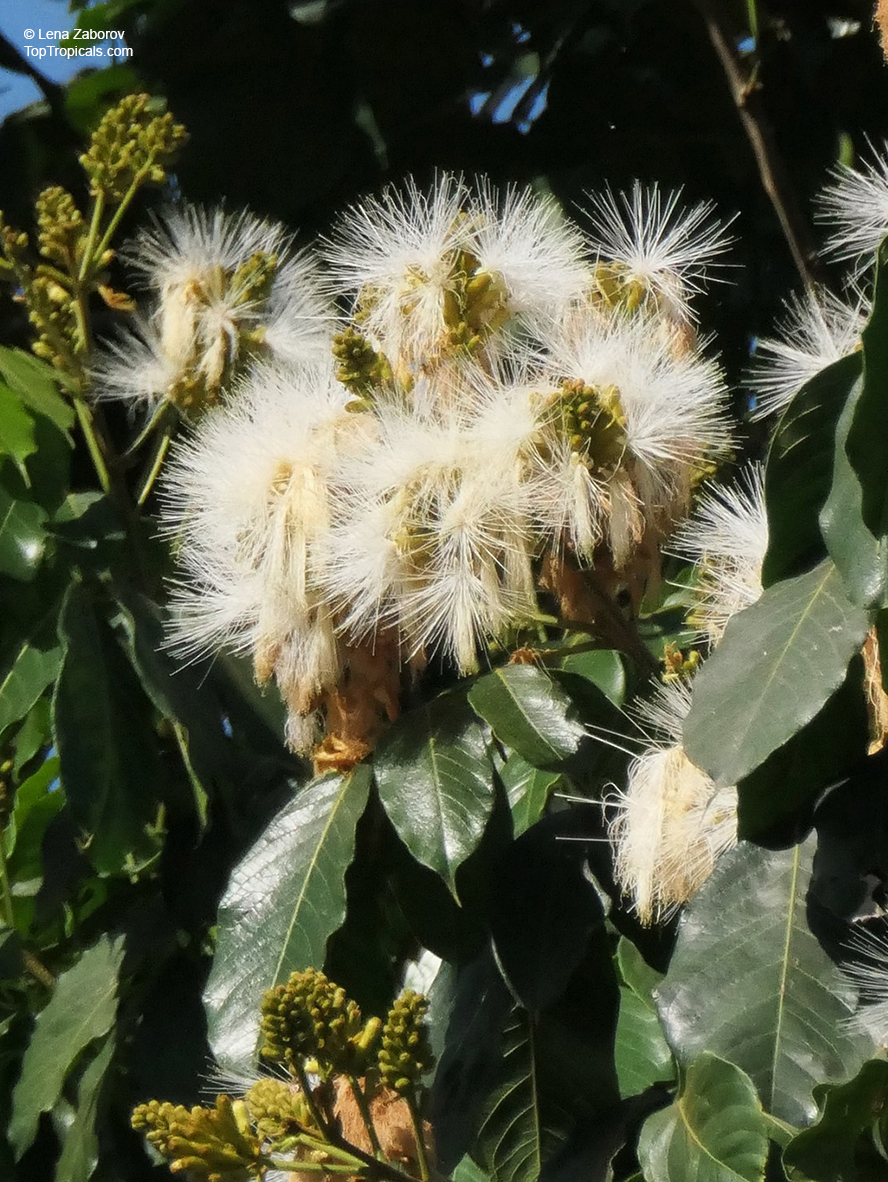
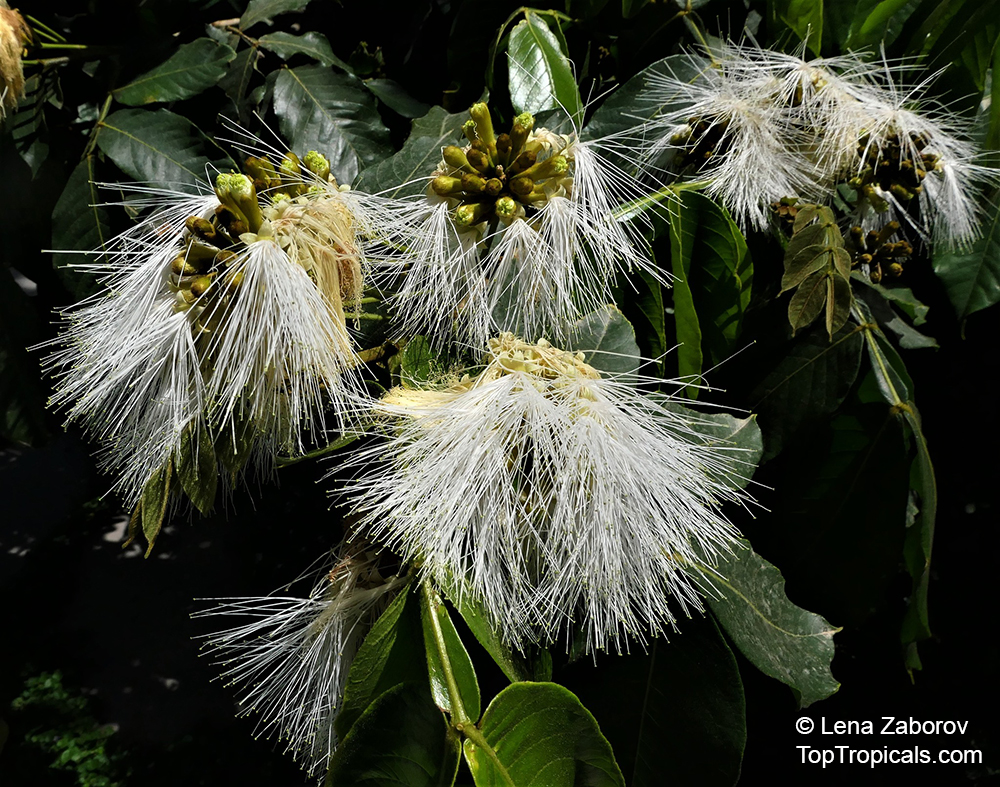
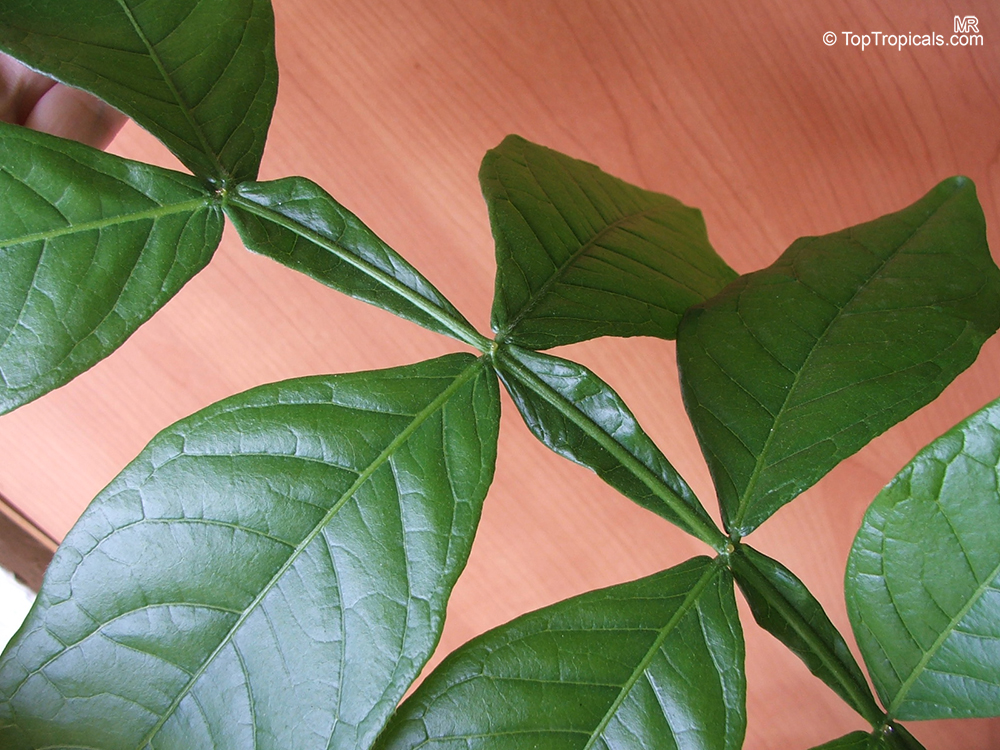
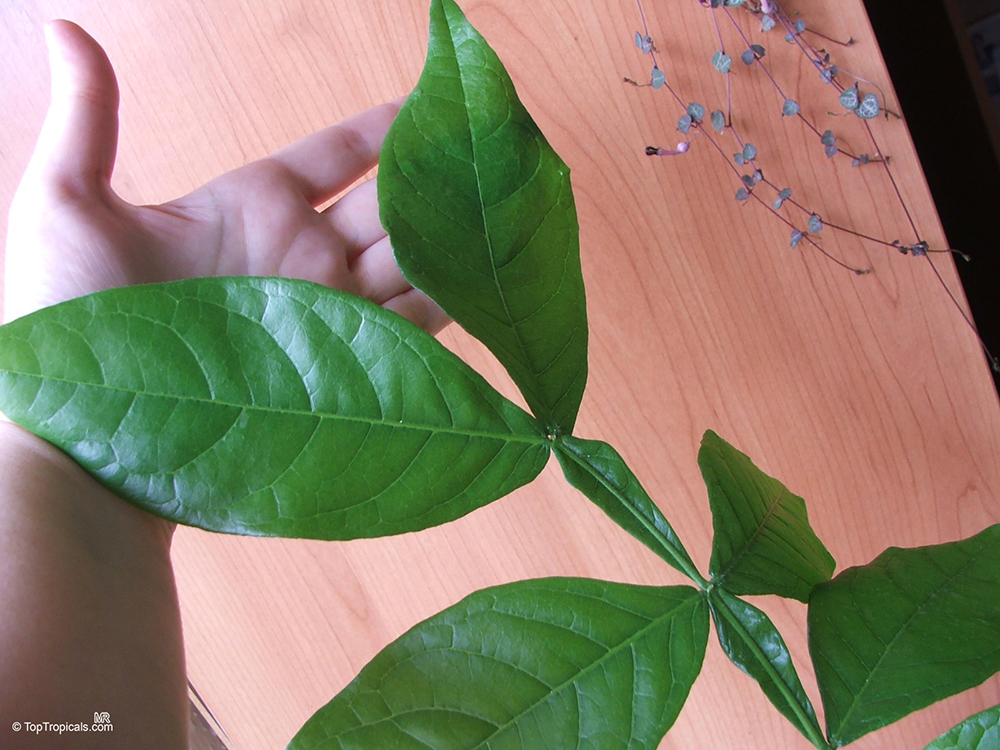
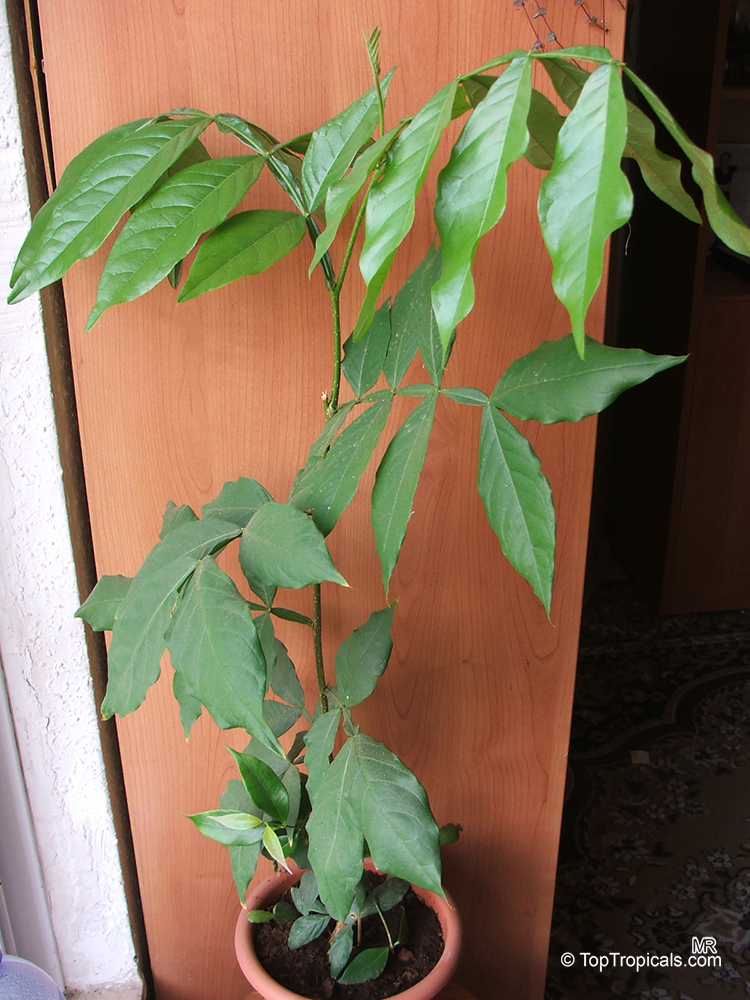
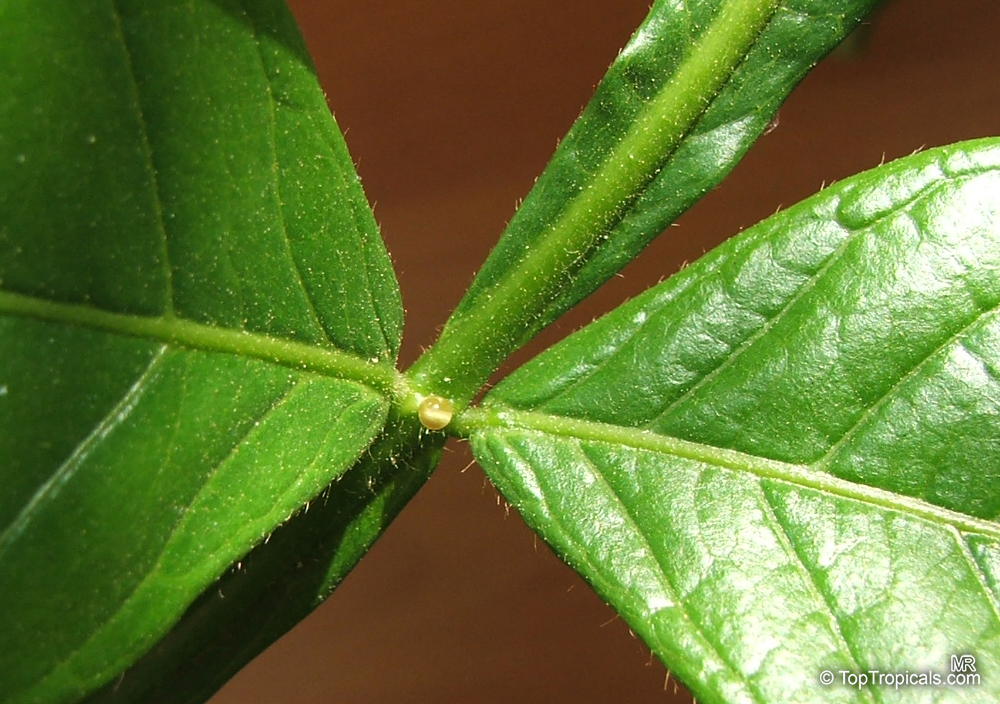
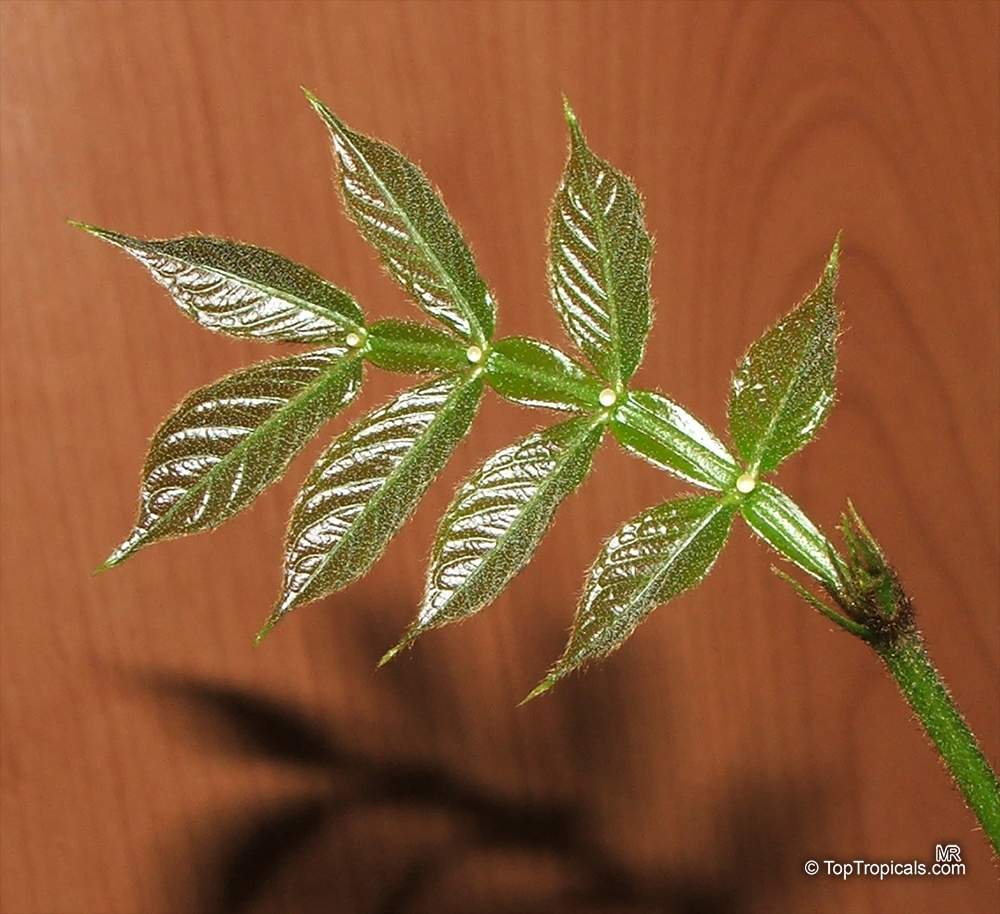
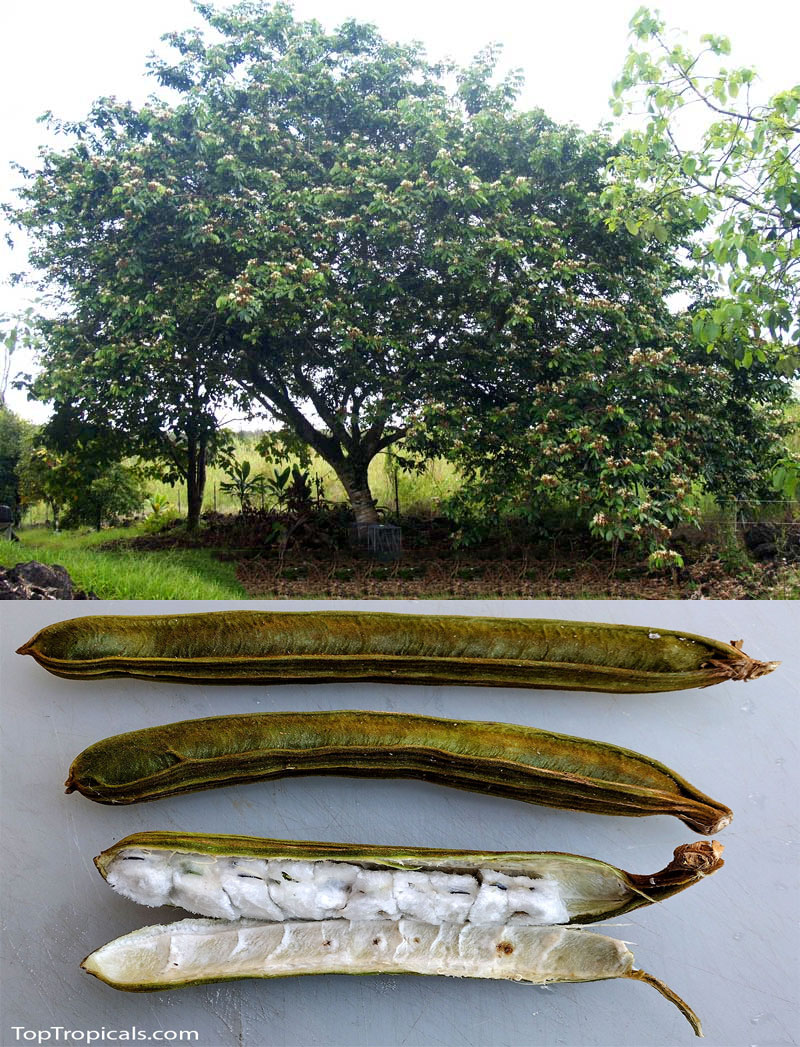
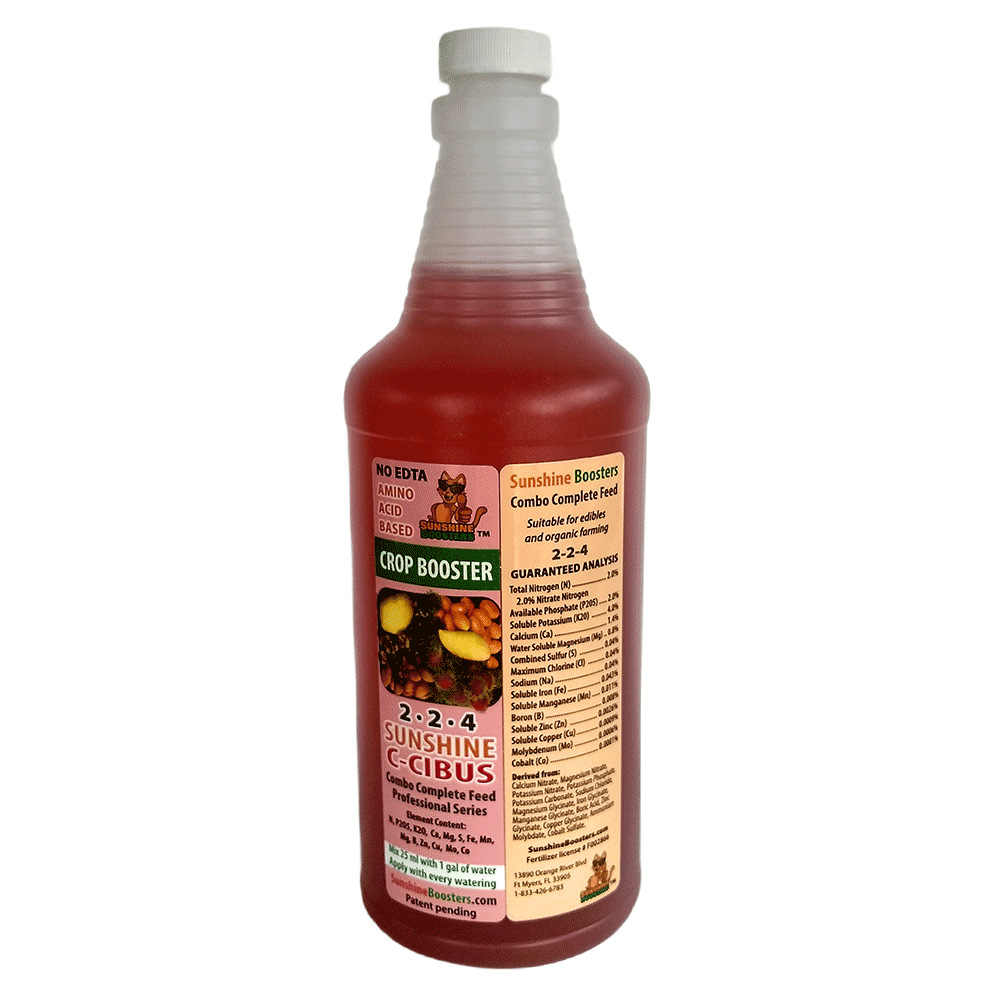 SUNSHINE C-Cibus (NPK 2-2-4) - Crop Booster for every watering.
SUNSHINE C-Cibus (NPK 2-2-4) - Crop Booster for every watering. 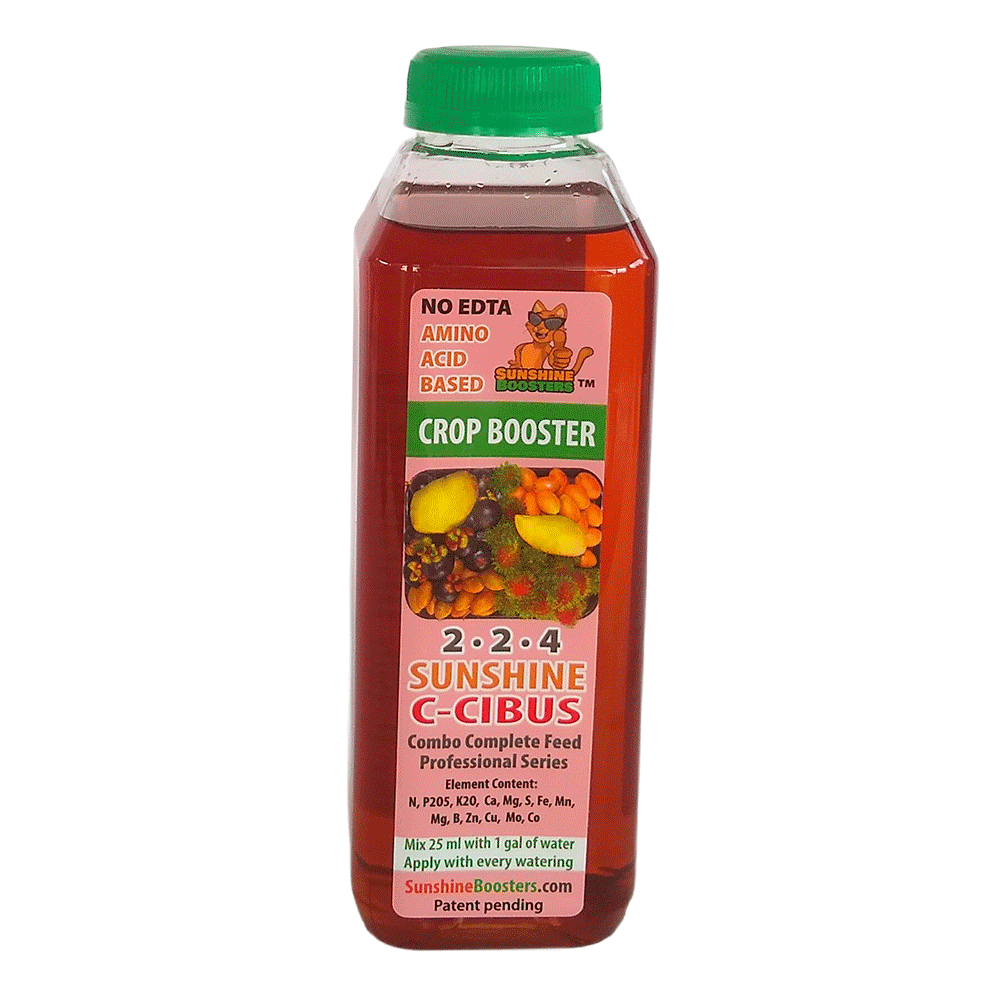 SUNSHINE C-Cibus (NPK 2-2-4) - Crop Booster for every watering.
SUNSHINE C-Cibus (NPK 2-2-4) - Crop Booster for every watering. 